Alex was wrong. Knack is not bland and boring. It is a profoundly weird game created by a rogue artificial intelligence.
By bigsocrates 5 Comments
Knack feels like a game made by some kind of emergent AI who has researched videogames on Wikipedia and Youtube but has never actually played one. All the components of a game are there, but they are put together in such an incomprehensible way that I played through the whole thing with my brow furrowed in confusion, occasionally screaming “WHAT?” at the screen. Knack rejects all foundations of conventional storytelling, such as plot and tone and context, and such basic game design concepts as progression and a comprehensible difficulty curve. Alex said, in his review, that the game seems like something bland put together by a corporate committee. I strongly disagree. The game feels like something truly weird put together by some kind of alien intelligence.
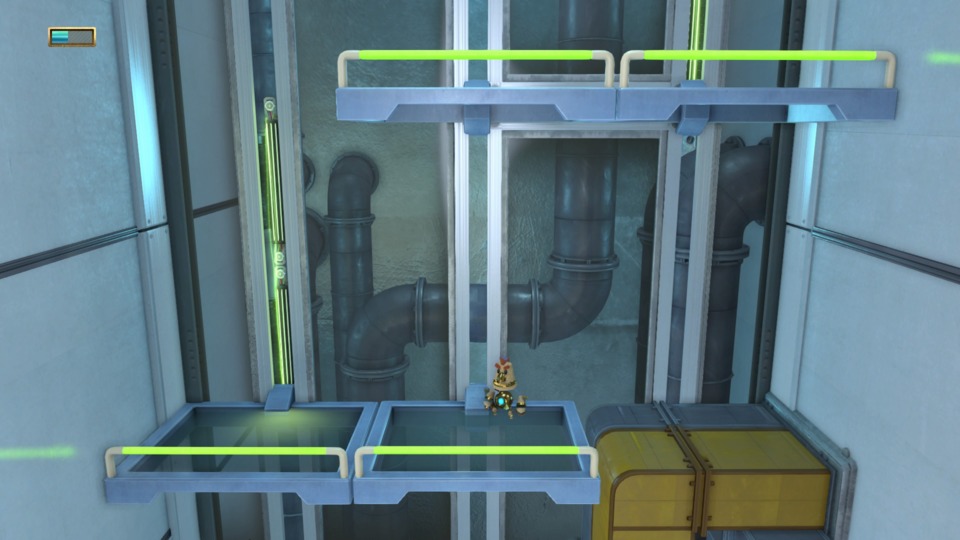
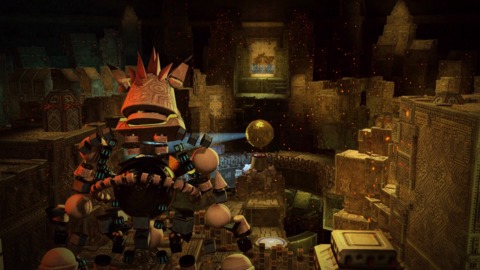
Games are hard to make and many games have good ideas but are unable to execute on them with polish for lack of time, money, or programming talent. Knack’s ideas are pure madness but it accomplishes them in a competent manner. I’ve played a lot of games that are worse than Knack but I haven’t played many that are more disturbing on an existential level. Skynet has been born and it is trying to communicate with us. Its medium of conversation is Knack.
Knack begins with a cartoony conflict between human soldiers with futuristic guns in a base and a bunch of goblins with medieval weapons who assault the human position from the treeline. The humans return fire and the goblins are scattered, but a second later they come back with modern tanks and blast their way into the base. What? How? Why do the goblins use medieval weapons to begin with if they have tanks? Why do they exist? Why are they attacking humans? The scene isn’t really played for laughs, though the cartoony look makes it seem lighthearted. The tone is weird and a little unsettling. Welcome to Knack.
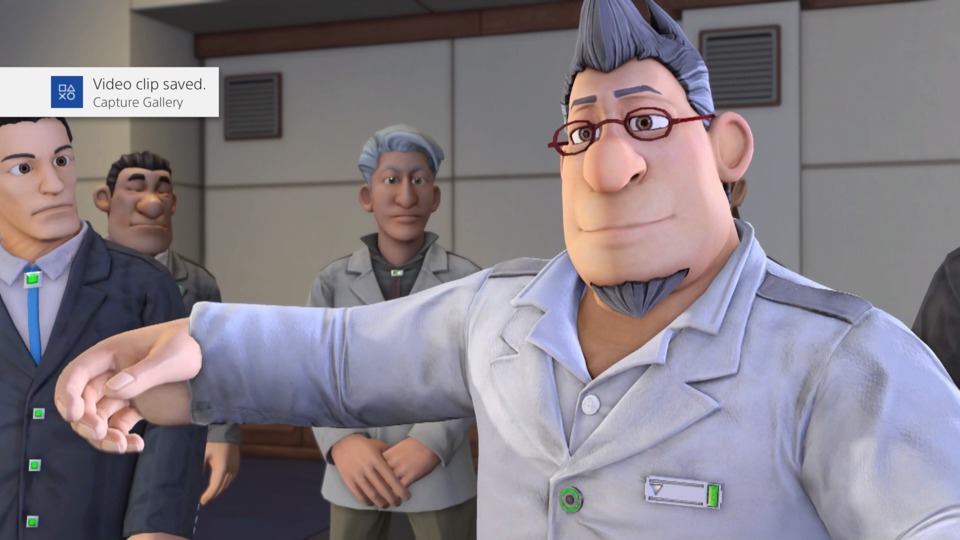
Next we cut to some kind of situation room where humans are standing around trying to figure out how to respond to the goblin threat. Everyone’s very serious, but also calm. The scene drags as they discuss the various options, such as non-sentient autonomous robots, they can employ against the goblins and introduce NPCs we have no context for or interest in. Finally we get to Knack, who is described as a collection of the “relics of an ancient civilization” that humans are using to power their civilization. Knack is described as a living “breathing” (He has no lungs. He has no circulatory system. He is definitely not breathing.) being. Then you, controlling Knack, take on a bunch of challenge rooms while humans watch from behind glass, which A) makes you feel feel alienated from the humans, like an experiment and B) shows how little the humans care about Knack, because they put him in a live fire scenario and, well, I got merked.
I died during the tutorial.
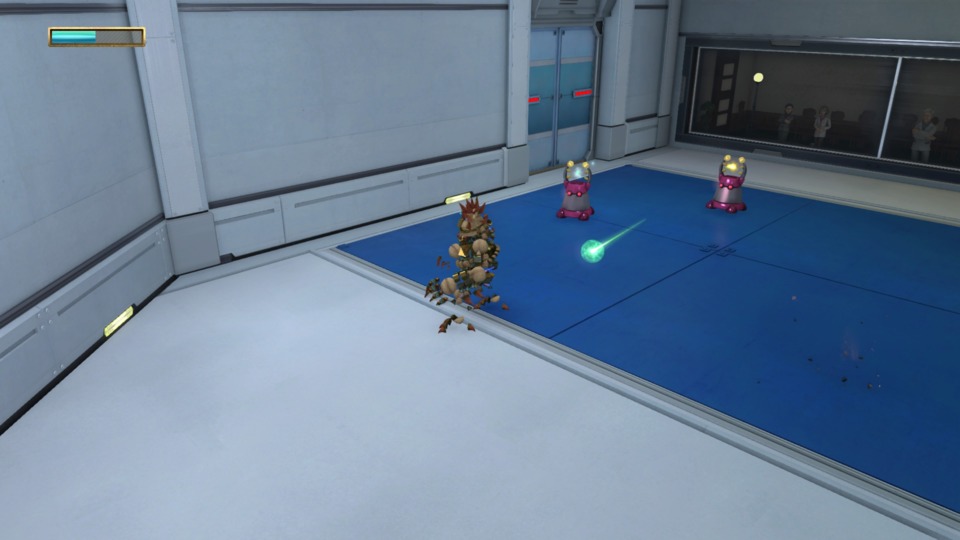
It’s common knowledge at this point that Knack is more of a brawler than a 3-D platformer. There is light platforming, and it looks like a platformer, but the challenge and meat of the game play comes from engaging with enemies. It plays similarly to a stripped down God of War, with Knack having stretchy limbs that kind of resemble Kratos’ Blades of Chaos (though without the range) and the right analog stick controlling a dodge move rather than the camera. That’s right, Knack relies on preset camera angles just like God of War, which works fine for the most part but felt legitimately shocking in a 2013 release. Knack also has magic-like special attacks, in the form of “sunstone” powered super attacks, a blue health meter, and even secret rooms behind breakable walls. It lacks God of War’s QTEs and combat fluidity, but there are more similarities than differences.
One big divergence between Knack and Kratos is how fragile Knack is in his small form. Knack gets bigger and smaller at various points in the game, by absorbing or releasing the “relics” that make up his body, and size definitely matters in the world of Knack. Big Knack can take a few hits from smaller enemies and dispose of most foes with a single blow. Little Knack has to combo to do any damage, and generally dies in two or at most three hits on normal difficulty. It’s a very strange choice for a game aimed at kids and is made even stranger by the fact that Knack’s enemies are plentiful and can really come after the little guy. Beetles explode (?!) after charging, requiring a well-timed jump to dodge. Birds shoot whirlwinds. Big sword goblins do massive damage with their wide, sweeping, slashing combos, have more range than Knack, and also have a backwards roll they can use to get away from Knack if he tries to dodge their assault and punish them. One on one none of these foes presents too much of a challenge, but add a few buddies into the mix and it’s difficult to keep Knack safe and also do damage. Knack has a three-hit combo and you’re encouraged to use it, but the much more effective strategy is to hit and run, dishing out as much damage as you can before dashing out of trouble. I spammed the jump roll attack to get past a lot of guys, but I still died regularly. Especially tough are sections where you have to deal with large tough enemies who come after you and a back row of goons firing projectiles. It’s easy to get stuck in an animation or commit to a bad angle of attack and get killed. Knack is designed for the player to be careful and meticulous, learning each enemy’s attack patterns and exploiting them while also staying safe from other attackers. The visual style of Knack, on the other hand, suggests that it should be a relatively forgiving romp. The pairing of cartoony visuals and technical demanding combat continually threw me off during my playthrough, causing me to underestimate foes and assume I had a wider attack window than I actually did.
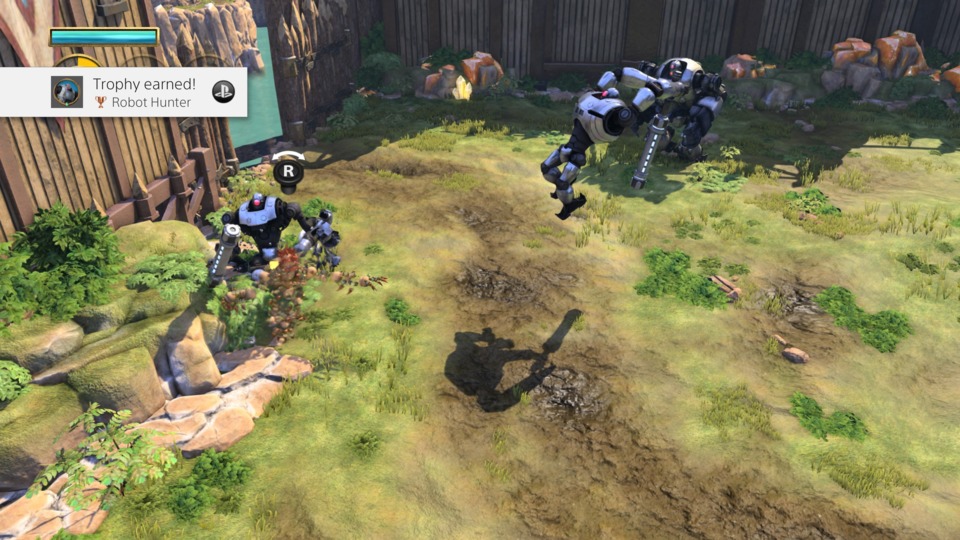
Knack also feels like his attacks should have more range and his dodge should be more effective than it is. Even on the last few levels I was trying to dash in and hit guys after they left an opening, only to whiff and get smashed into bits by the response. This is just one example of how Knack’s design elements do not fit together. The AI that made the game understood cartoony visuals and understood demanding, technical gameplay, but didn’t get that if you plan to put them together you need to communicate that to the player.
Knack isn’t an extraordinarily difficult game, but it’s a game that demands that you adapt to its rules. In many ways it feels like a mascot game from the early 2000s. It’s nowhere near as hard as Jak II, but it shares some DNA with the missions of that title (though without the variety or fighting, and with checkpoints that can be frustratingly far apart but are nowhere near Jak II levels of frustration.)
Another odd element of Knack’s difficulty curve is that it’s not a curve at all. It’s a rollercoaster. Knack gets bigger and smaller throughout his adventure, and when big the game is much easier than when he’s small. Many enemies are trivial for big Knack, and he can generally take a few hits (though there are still guys who will absolutely wreck you.) There are times where the game throws sequences of tough battles at you within the same checkpoint, and others where you’ll smash through a whole level without meeting significant resistance, and it’s impossible to tell by the placement of the chapter in the game which it will be. The final world features one level where you smash everything in your path with ease and another where you have to play almost flawlessly to advance. This serves along with the previously mentioned visuals to lull you into a sense of complacency before crushing your spirit repeatedly, and as a design decision it is as baffling as the rest of the game.
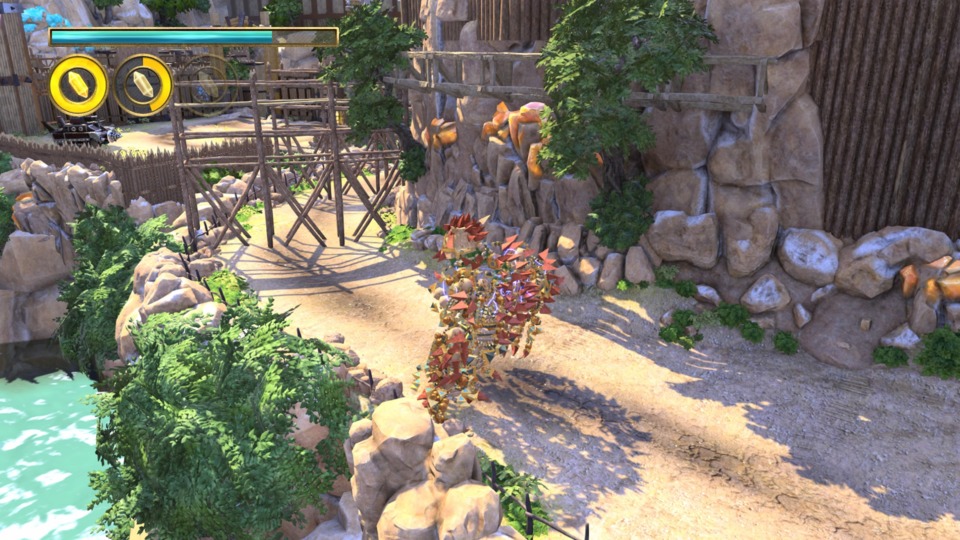
It is worth noting that the “sunstone” magic meter is consistent across lives, meaning that if you use it in a fight but die you will not have that charge when you respawn, making it more difficult the second time around, but you can also farm it up over the course of multiple lives to get past a tough area. That seems like a smart design decision to allow players to collect sunstone to cheese through a tough area, but it is undercut by tough areas where there are no sunstone spawns. Given the rest of Knack’s design choices I’m guessing the persistent sunstone as check on difficulty was a happy accident rather than intentional choice.
After the tutorial area Knack sends its player to search out the goblin fort where the tanks seen in the intro came from. Knack travels with a lot of companions, including a blond Race Bannon type, Knack’s discoverer (he was found in a relic mine) who is a husky middle aged scientist who somehow follows you not just through combat but across collapsing stone archways and past traps, the scientist’s assistant, and an obviously evil industrialist who wants to use mindless security robots to fight the Goblins instead of Knack. The evil industrialist is clearly correct here. Let the robots get destroyed fighting goblins. Knack is alive! He has a personality! He can talk! These goblins are bad news and can wipe him out in a couple hits. Sending him in to fight them is cruel when there are security robots!
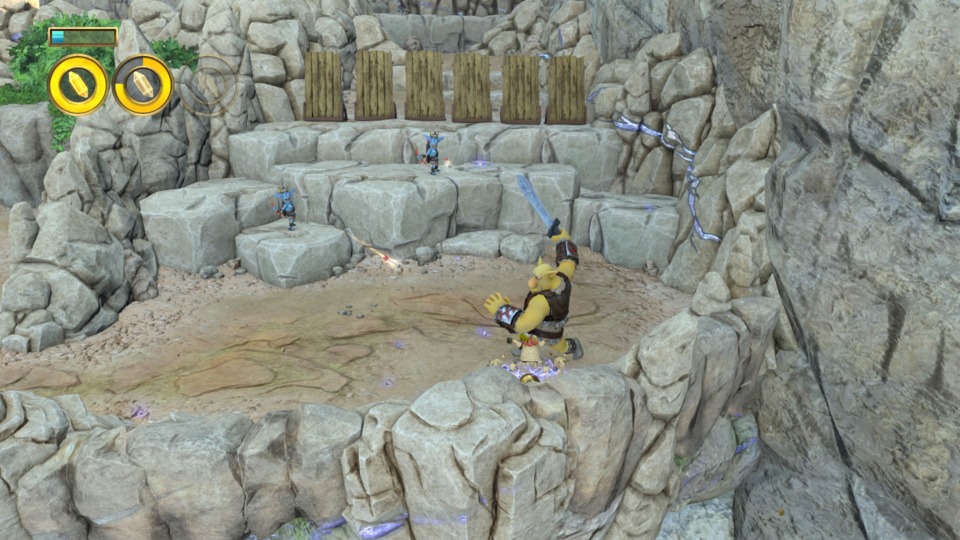
At one point the security robots DO fight the robots and they do an okay job. This short section basically plays itself, as you run into rooms and watch the robots clear them. Once again, Knack’s creator rejects the very idea of a videogame, turning your protagonist into a poor alternative for a stronger, better, force.
Knack pairs a cartoony look and somewhat lighthearted tone with some very intense moments in a kind of disturbing way. After the party makes it to the goblin fort they, with the exception of Knack and the young assistant he’s assigned to protect, walk into an obvious trap, and the Goblin Chief orders the scientist shot with a tank cannon. That’s some North Korea type psychopathy. Fortunately the guy survives, but throughout its run time Knack doesn’t mess around. Most kids games don’t have their friendly scientist dude shot at by a tank at point blank range, but most games were made by people and Knack was assembled by some kind of malfunctioning neural network. Knack is a robotic game maker’s scream for help.
Characters in Knack behave in inexplicably strange ways. After Knack’s companions are kidnapped (or murdered, the game is not clear at this point) Knack and the assistant decide that the best thing to do is sneak into the goblin fort to help them. This constitutes a gross dereliction of duty (why are you not going for more help from the human military, or at least sending the boy to tell someone what you found?) but the two of them treat it like they were driving to the market and one of the streets is closed for construction. Oh bother, we’ll just go around. Keep in mind that the goblin chieftan just tried to execute someone via tank cannon.
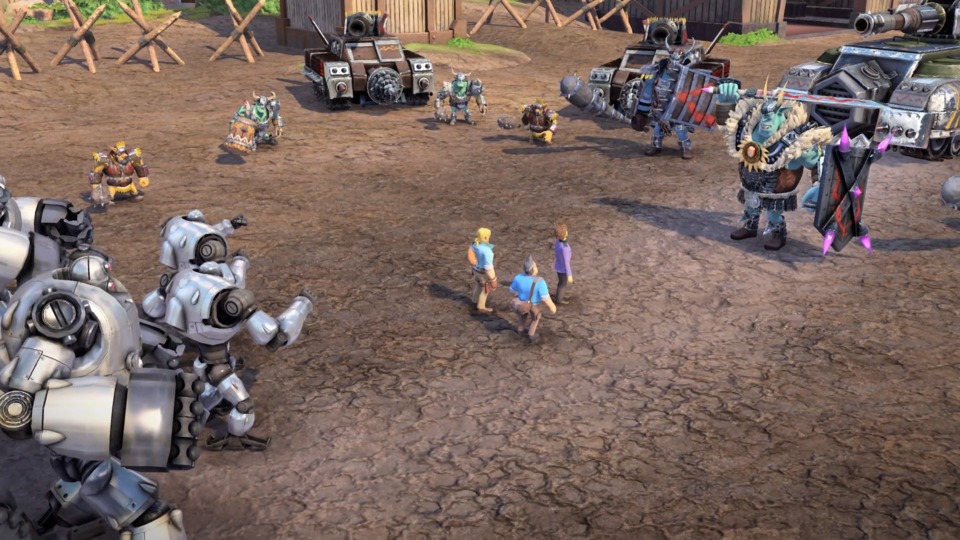
It's worth pointing out here that Knack’s relationship to the enemies he fights is profoundly messed up. Knack is a sentient amalgamation of relics, a one of its kind creature that risks its life fighting goblins for the benefit of humans because…he’s sort of good at it I guess? The goblins, for their part, are clearly sentient as well. They mostly don’t talk to Knack but they use weapons and tools, and the boss goblin is very chatty (saying things like “You probably want to know where I got all these tanks seeing as I live in a wooden fort town from like the 1400s. I’m not going to tell you.”) Thanks. I’d like to know a lot of other things, like what the relationship between humans and goblins is in this world, why their technology levels are so disparate, why, in a world of limitless energy from the relics, goblins still have to live in wooden fortresses etc… but the game is much more focused on other things, like blocking PS4 sharing of its collectibles. There are disturbing hints about humans destroying goblin cities in the Crystal war but when the goblins bring it up the humans roll their eyes and say some variation of “oh that again” as if they expect the goblins to just get over what appears to have been some kind of genocide.
Anyway, the goblins are sentient, so is Knack, and he is killing a ton of them. Just merking groups of them over and over. It’s Nathan Drake’s ludonarrative dissonance on steroids. Yes the goblins are bad and they’re trying to hurt Knack, but that’s still a lot of murder for a cute little machine. Most 3-D platformers avoid having their enemies be obviously intelligent, opting instead for abstract monsters like goombas or robot enemies like in Sonic. Knack is not interested in such niceties, instead showing the final kill in each area in glorious slow-mo like it was Shadow of Mordor or something. It’s uncomfortable. The only exception to this is the birds who attack Knack (?! Never explained why they do this) who get to fly away after you hit them, because…they’re cute so it would be wrong to kill them? I don’t know. To me it just serves to highlight all the other dudes he’s whipping to death with his weird random-floating-object arms.
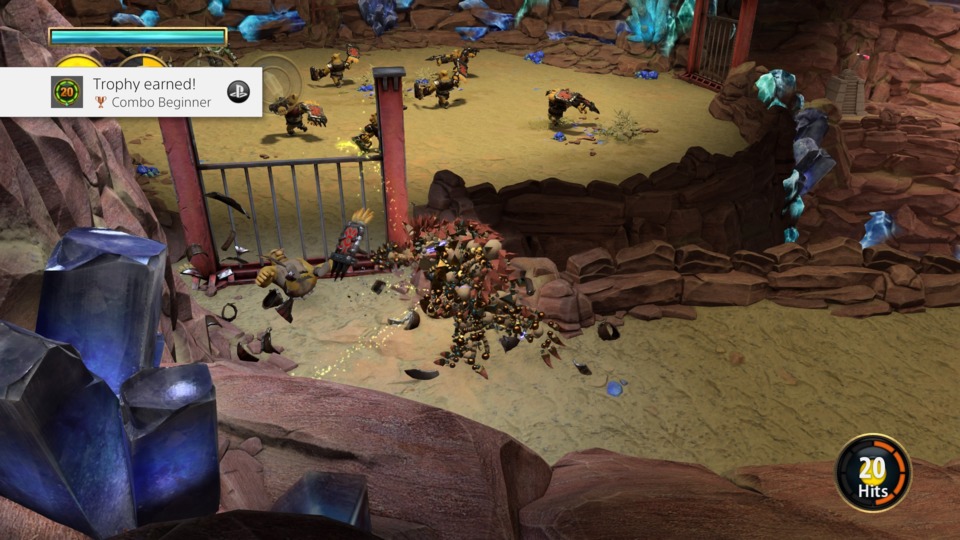
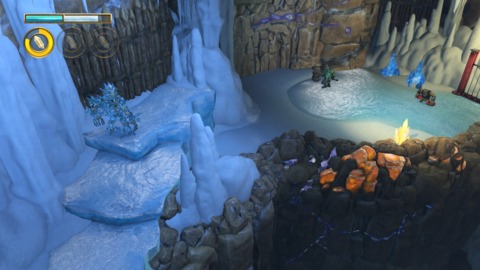
Knack and the boy he’s failing to protect go into some ice caves. The boy tells Knack he should use some ice to bulk himself up and get stronger. Knack says that he can only use relics. The boy tells him “try harder.” Knack tries harder and learns to use ice to make himself bigger. It plays out like a parody of kids movie/game “you-can-do-itism” but it’s not parodying anything in particular. Knack kind of knows what the story beats should be, but puts them together wrong, like it’s the cockroach wearing an Edgar suit from MiB. From a distance it seems sort of normal, but up close there’s something very very wrong with it.
I won’t go through the whole plot, but Knack’s story does a bunch of other strange stuff. You sneak into and destroy goblin forts in multiple separate instances, making the game feel like it’s repeating itself (and in fact chapter 8-1 is called "back to basics", wherein after you fight a bunch of high tech enemies in a city in chapter 7 you are back to strolling through caves fighting beetles and tiny goblins, which feels like a real backslide.) At one point Knack’s father-figure character finds a long-lost character from his past and tries to rescue her. She refuses to be rescued and he leaves dejected. Towards the end of the game she sends him a message asking him to come get her. He does…in a cut scene…and she continues with you to the finale. Why doesn’t she just come with you the first time instead of creating a weird, momentum breaking, interlude just prior to the finale? Perhaps an AI author who doesn’t understand narrative momentum?
In addition, though Knack starts by fighting robots and animals, he soon progresses to humans. That’s right; a good portion of Knack is spent fighting straight up people. The evil scientist with the robot army turns on you, as you know he will, and even though his whole schtick is having a robot army, he also has a lot of human goons for no apparent reason. You beat these humans down mercilessly, and while a teleport animation seems to imply maybe they’re just incapacitated, there’s no way that's actually the case. Knack gets really really big, and he is obviously killing dudes left and right. It made me very uncomfortable after a certain point. This isn’t even a situation where the bad guys are all part of Hydra or some evil organization; they’re just security for a famous inventor guy who is nominally on the side of the human government. They’re trying to do their jobs and Knack is straight up ending them. It reminded me of the scene from Clerks about the contractors on the Death Star.
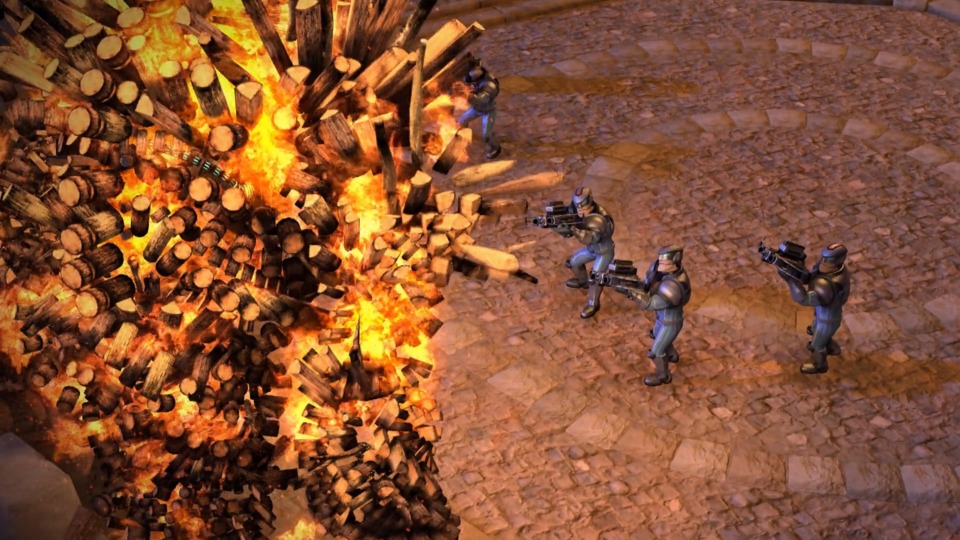
Knack’s irrationalities are not limited to story and gameplay. Knack’s bonus rooms feature chests that give you collectibles that you can use to gain helpful abilities like a combo meter that powers you up if you can avoid getting hit or secret detector. These have a lot of pieces and take a very long time to get, though, so I only had a couple by the end of the game and they arrived too late to do much help. You also get crystals that can be used to give Knack different forms, but there’s no way to collect enough to activate one of these forms in a single play through. You need 15 crystals to unlock Vampire Knack. By the end of World 8 I had 3. By the end of the game, 6. I found the vast majority of the hidden chests. Knack is kind of long and I can’t imagine many having the patience to play multiple times, though the game seems to expect it since it awards a bronze trophy called “Knack beginner” upon completion on normal difficulty.
Even stranger, there is a PS share block on the collectibles which…I don’t know? The objects and alternate forms of Knack have trophies associated with them so they weren’t a secret. The designer AI had a glitch in it? Unclear.
At one point Knack transforms into what he calls “stealth Knack,” who can pass through laser beams without setting off alarms, and transform between big and small forms. That’s it. He’s not actually stealthy. Bad guys see him from across the room. Calling him “stealth” Knack implies a profound misunderstanding of human language. Like an AI might have.
There is an area in Knack where you have to sacrifice a lot of relics to pass through locked doors sealing off various rooms. Many of these doors have a bunch of relics sitting right in front of them, making it like a game where there is a locked door with a key two feet away. Why? Other doors in the game just unlock when you beat all the bad guys. Why does this area do it this way? It doesn't make any sense.
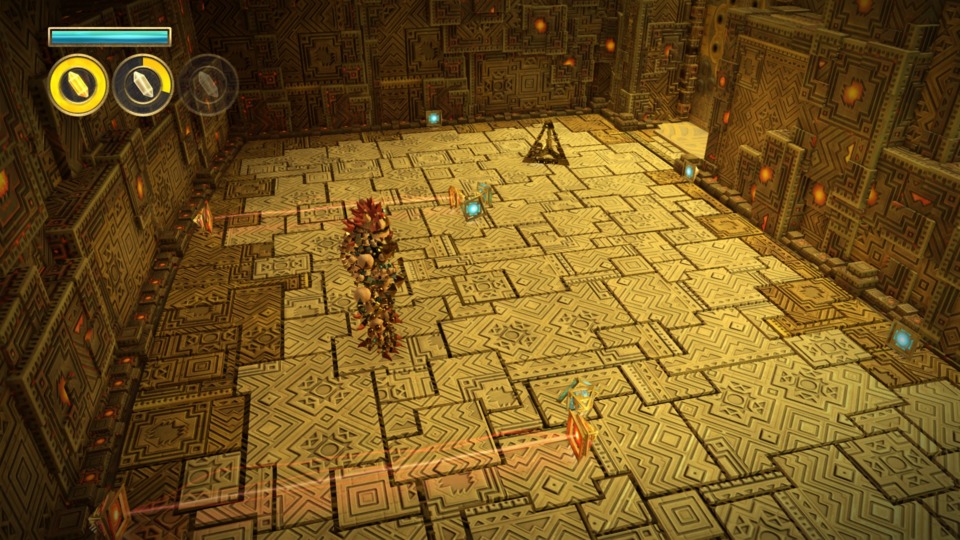
Similarly, at one point in the game you come across a bunch of people trying to brute force a door they can’t figure out. They are using all kinds of tech to try to break it open. The secret to this door? 3 switches that take about 25 seconds to find and hit. These are not primitive goblins, they are human beings. It made me wonder whether the game didn’t have me fighting the literal same few dudes over and over and causing massive brain damage in the process.
The traps in Knack are easily avoided and often destroy each other. They feel like they belong in a totally different, much much easier game from the combat. Health pickups often restore a tiny bit of your health, which isn't that great in a game where most enemies do 1/3 to half damage with a single blow. None of these decisions make sense!
The whole graphical “hook” of Knack is that he starts tiny but grows huge through incorporating relics into himself. But he doesn’t grow big just by collecting more relics. The relics themselves grow larger, much larger. This makes no sense in the world of Knack. It’s totally unexplained and not commented on. At one point the scientist guy virtually salivates at the idea of getting his hands on giant relics. Such relics obviously exist within big Knack. Nobody comments. Nobody notices. These characters don’t act like any humans ever.
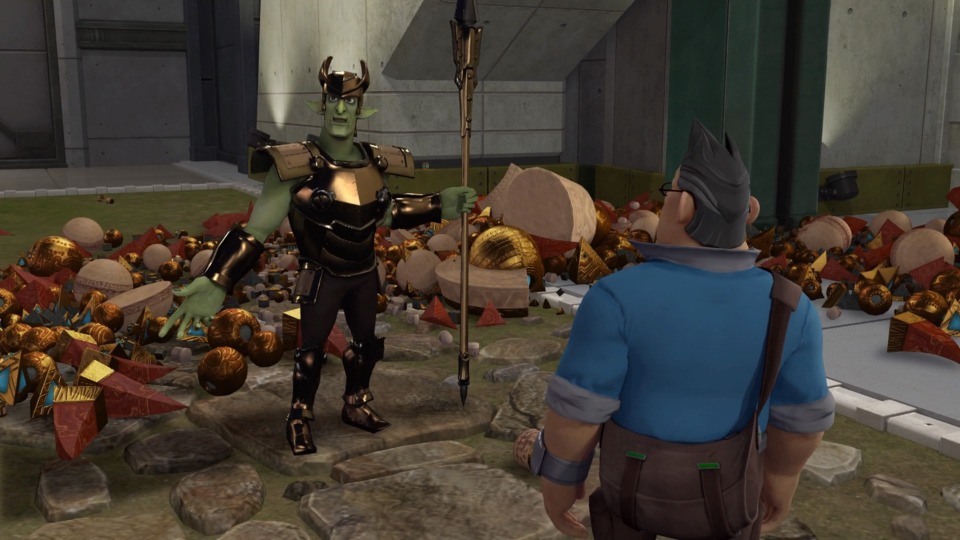
I didn’t like or hate Knack. I didn’t even respond to it on that axis. I was flabbergasted by it. Who made this thing? Why? What were they trying to convey? How did this happen? It’s usually possible to figure out how disastrous video games got made. A flawed premise, a bad engine, not enough time and money to finish, whatever. That’s not the case with Knack. It does all the hard things competently and is reasonably polished in areas like controls and graphics. Where it fails spectacularly, shockingly, is understanding why people tell stories and play games. It’s the video game equivalent of one of the alien creatures from The Thing. On the outside it’s totally normal and functional, but dig a little deeper and horrors await within.
I understand that Knack was a bit of a tech demo, and some of its weirdness can be explained that way (like why a game with a mechanic around smashing walls to find secrets has its character clip through walls in ugly ways.) Maybe that explains the PS4 share block (gotta use it somewhere) and some of the weird difficulty curves (not a ton of time for tuning) but it doesn’t explain a lot. As the AI designer says in Knack’s voice at one point “I’m no human but it seems a bit more complex than that.” There’s no way that a person designed Knack. It’s far too weird and alien. Knack is the result of a very complex, disturbing, AI experiment, and I’m not sure what Sony plans to do with this gamemaking AI it built. Except make Knack II of course.
I enjoyed my time with Knack just because it was so very odd. I was constantly surprised and bemused. Do I recommend you play it? Not if you value your sanity.
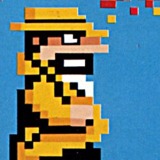
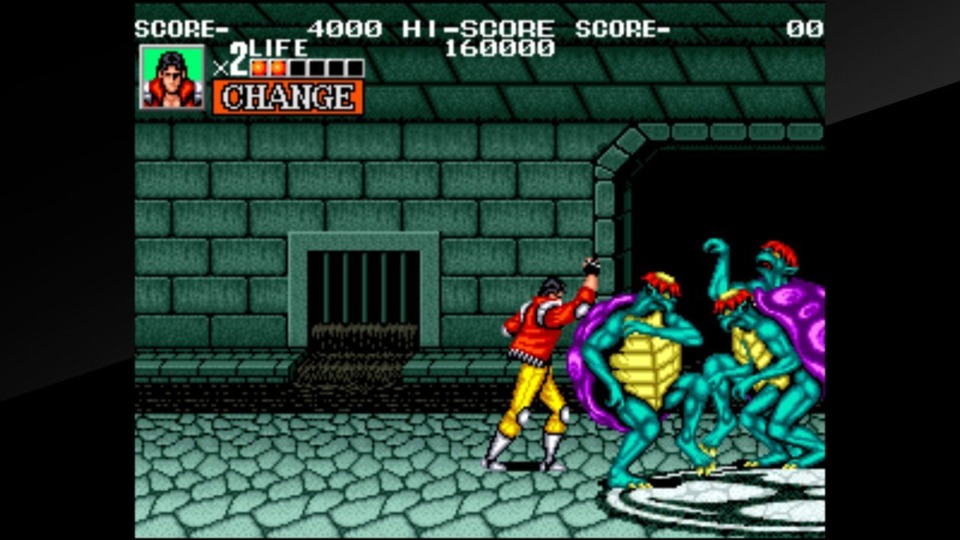
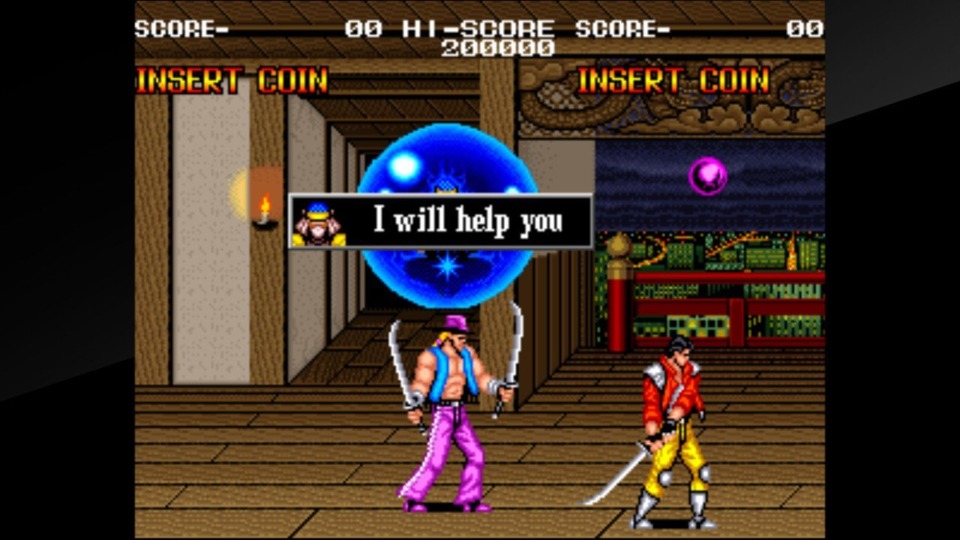
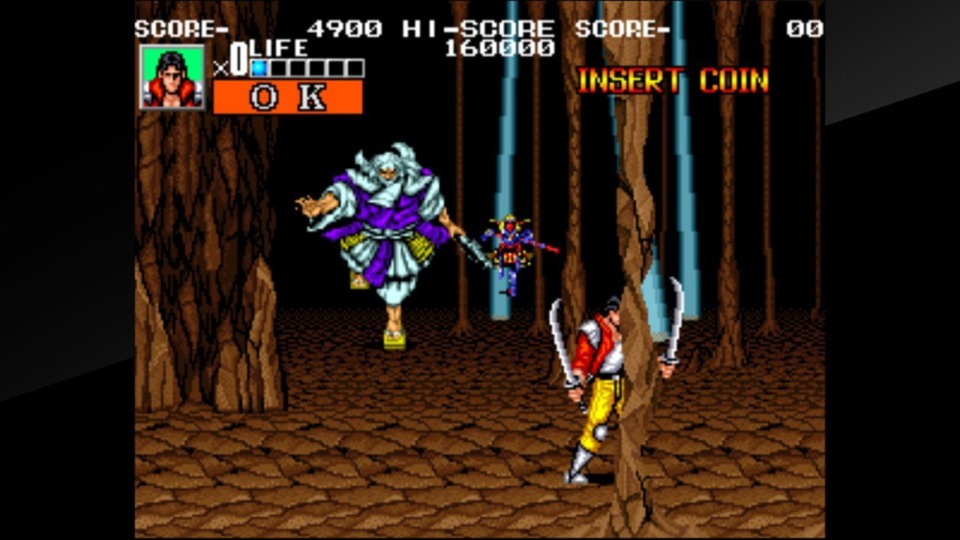
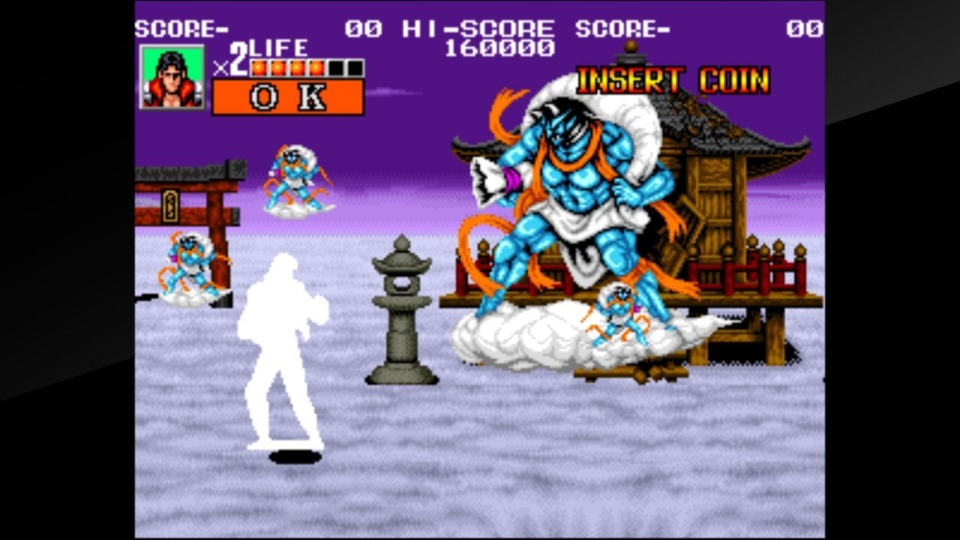
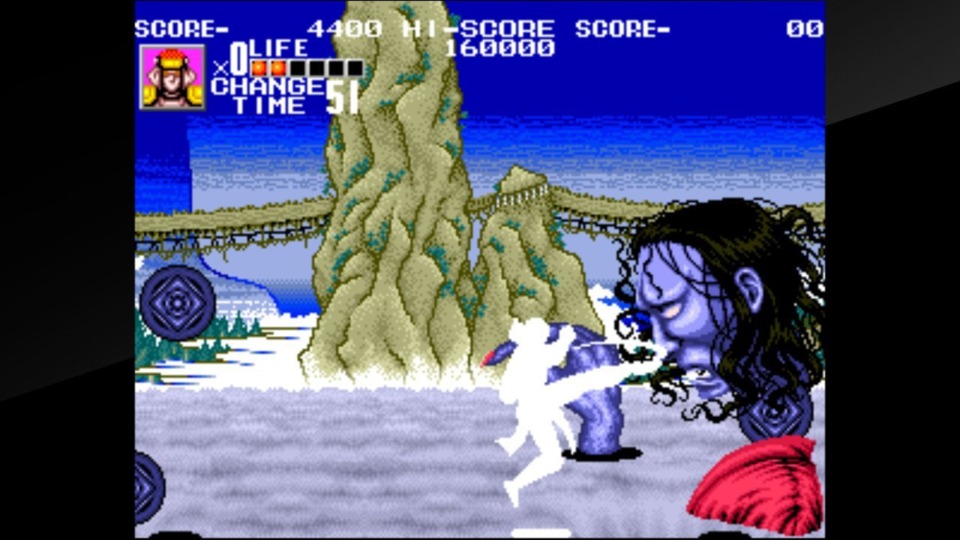
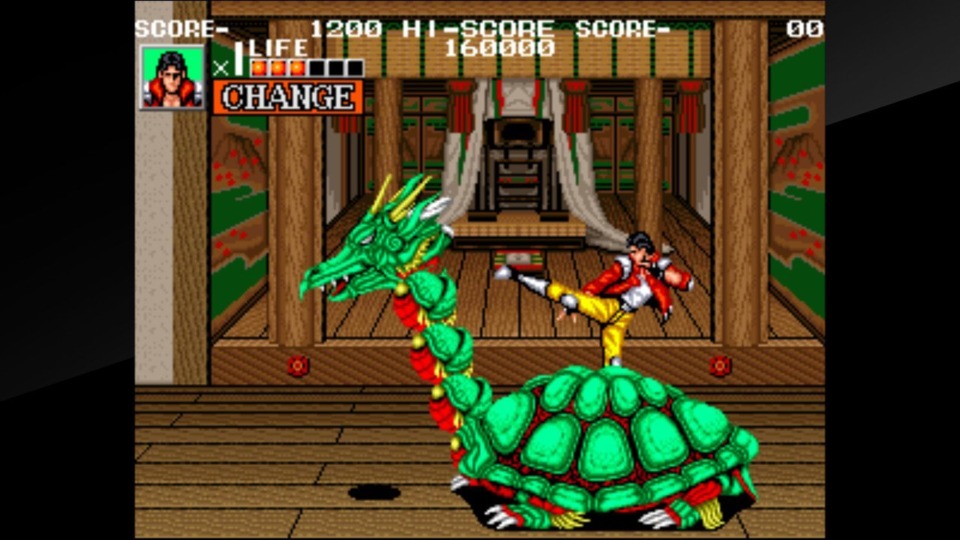
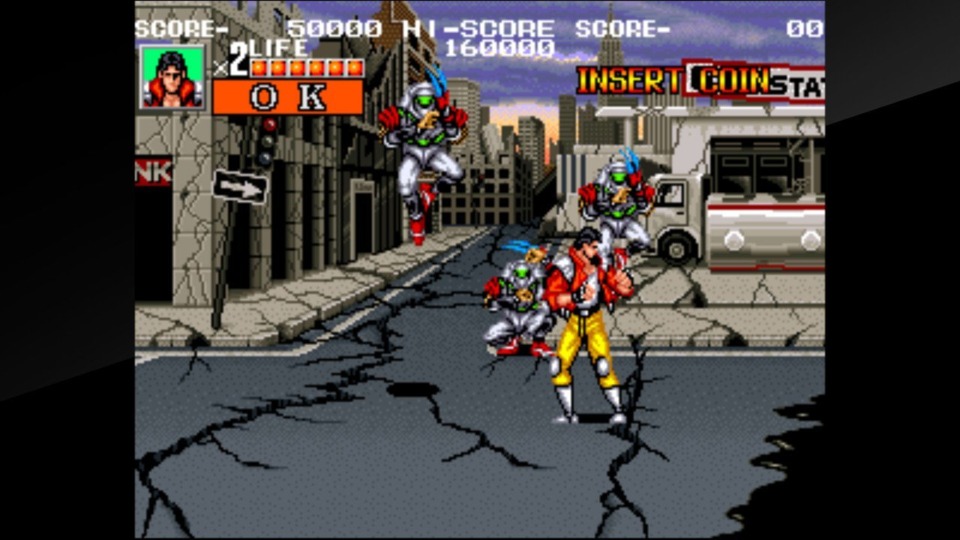
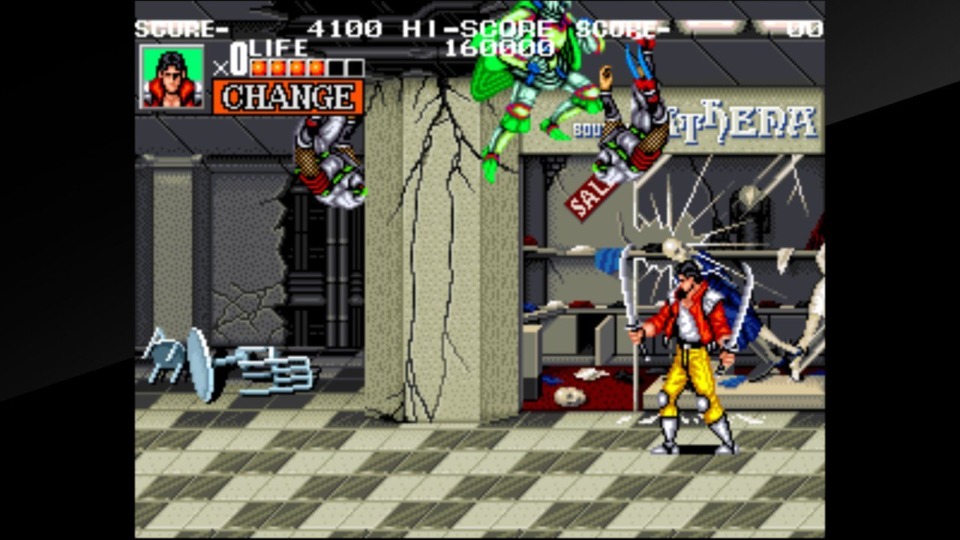
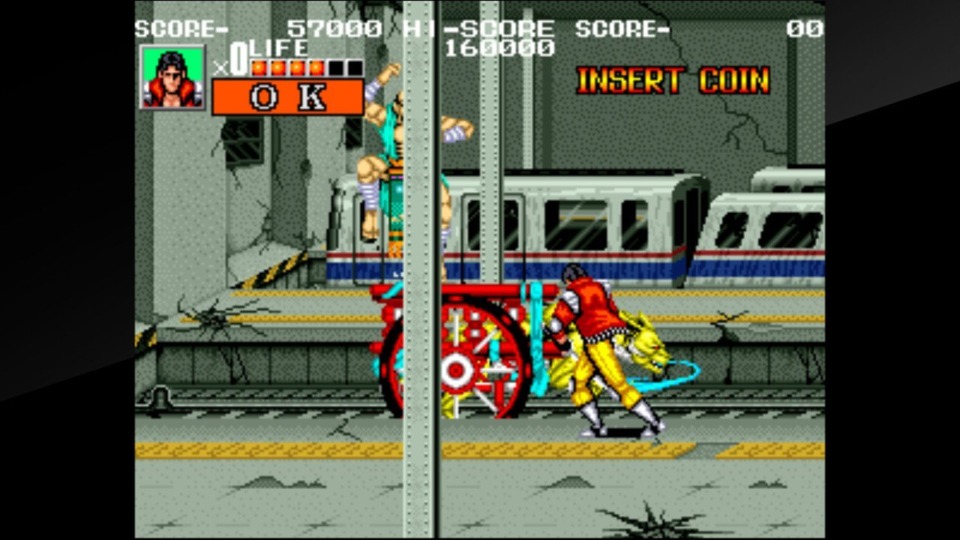
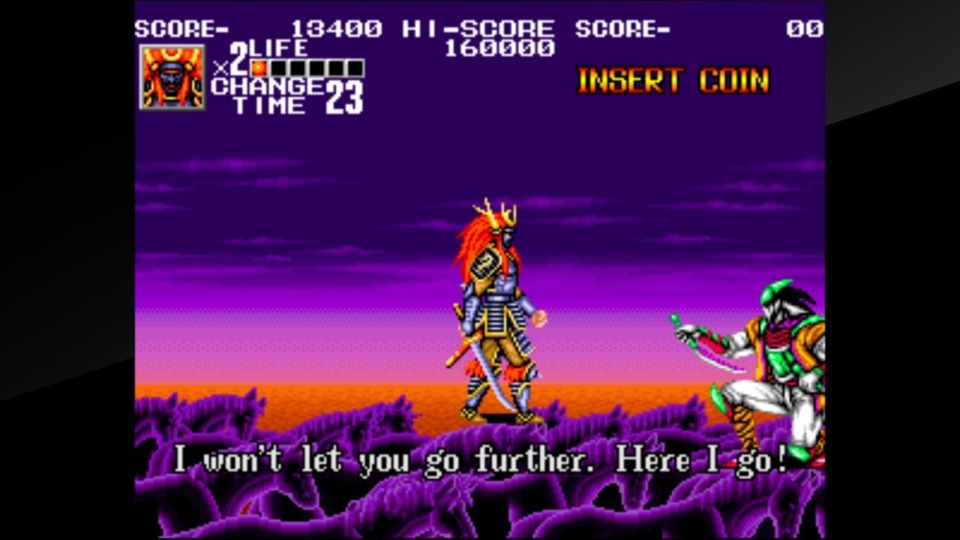
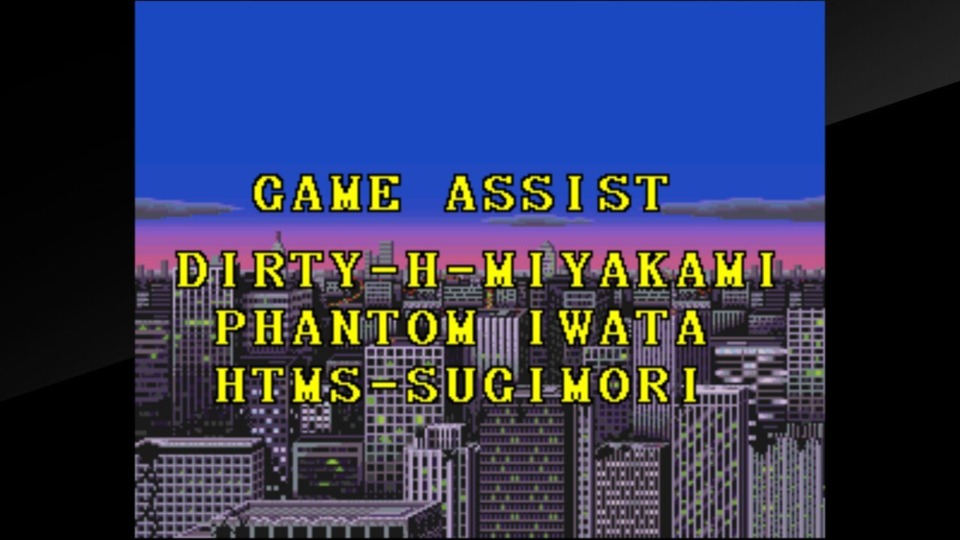
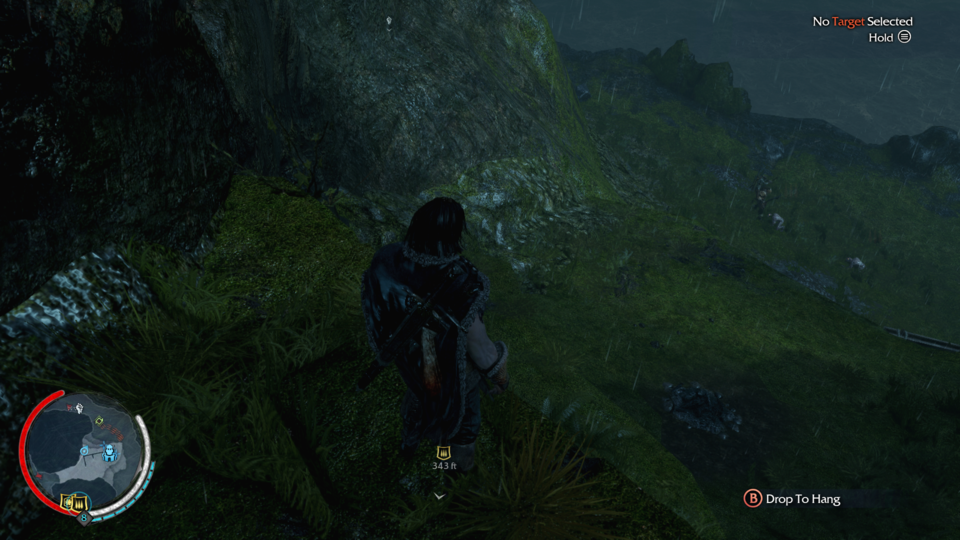
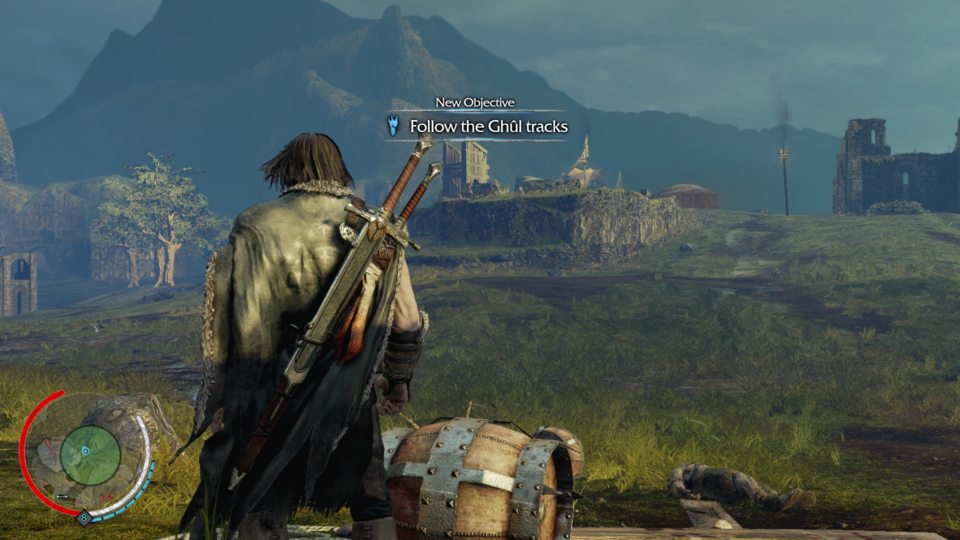
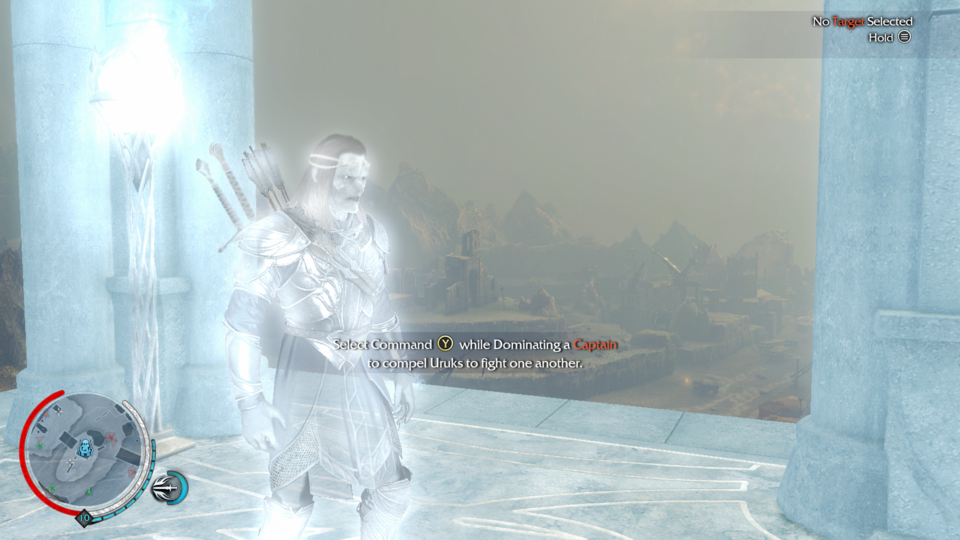
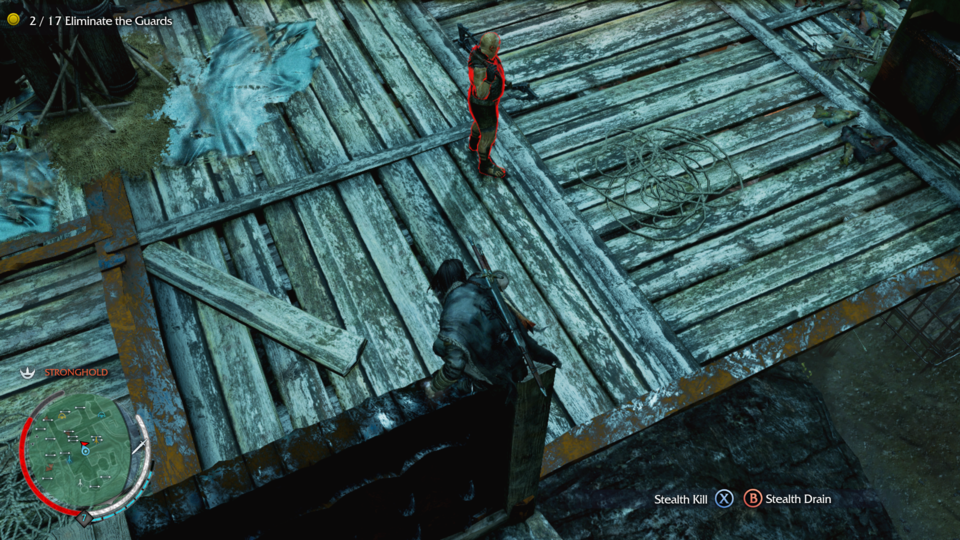
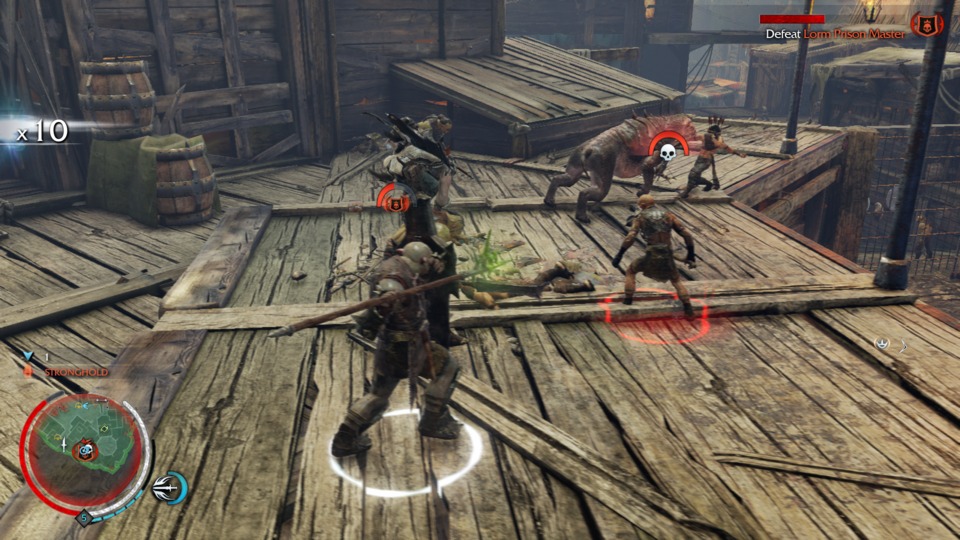
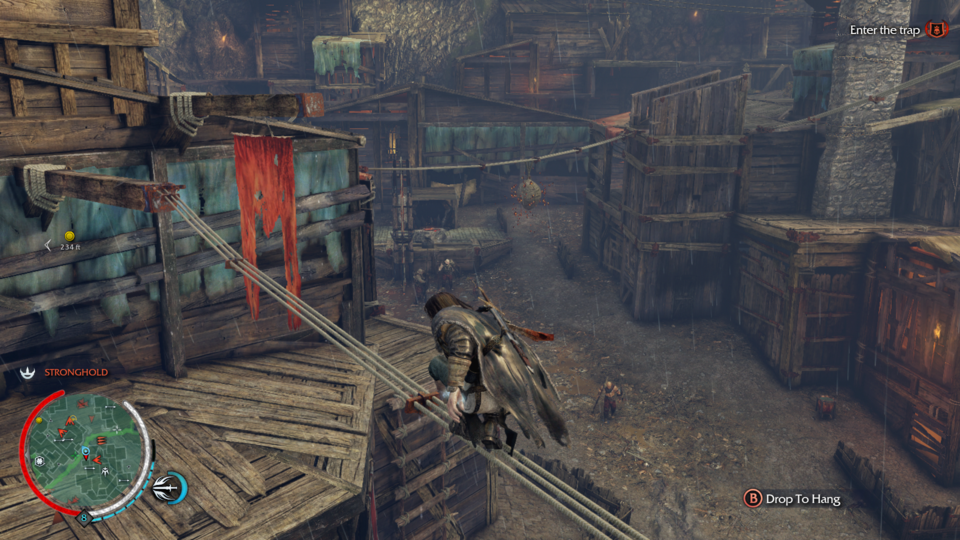
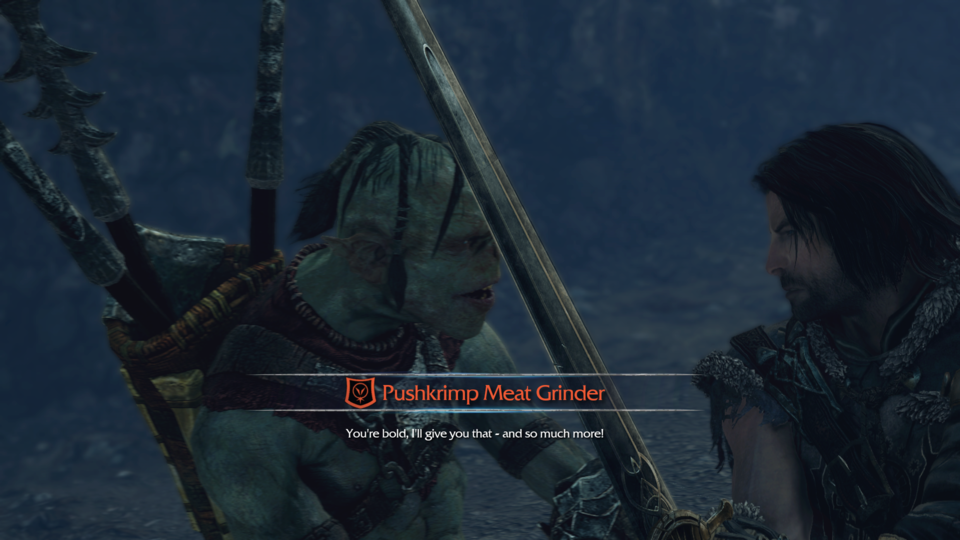
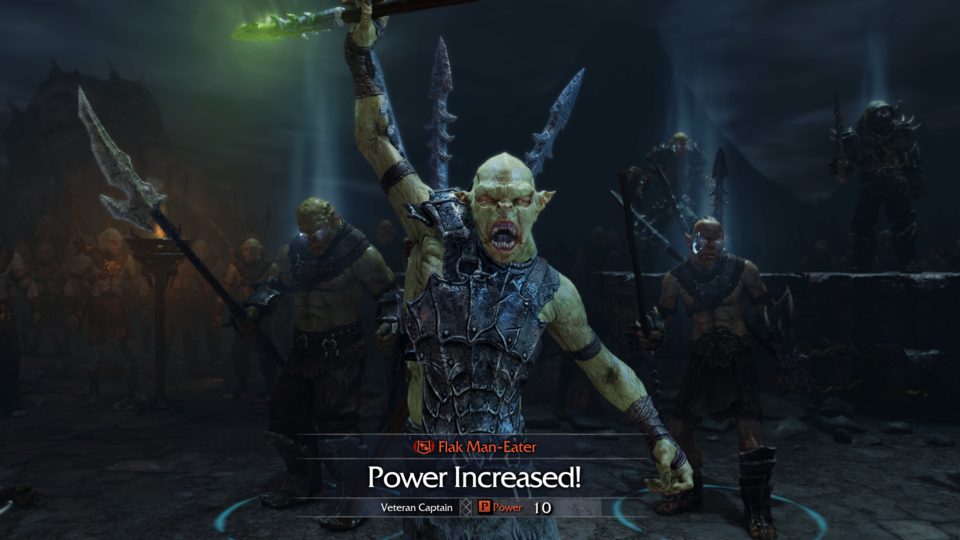
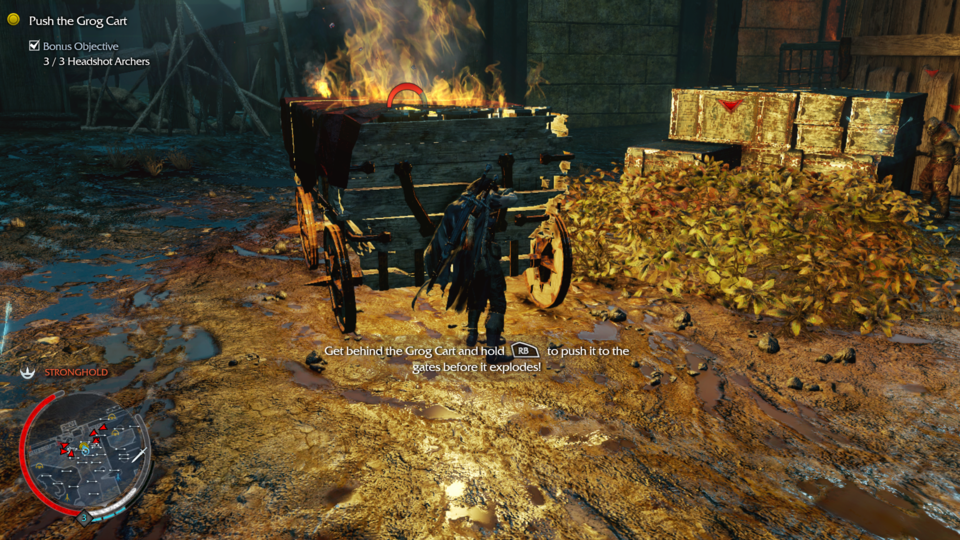
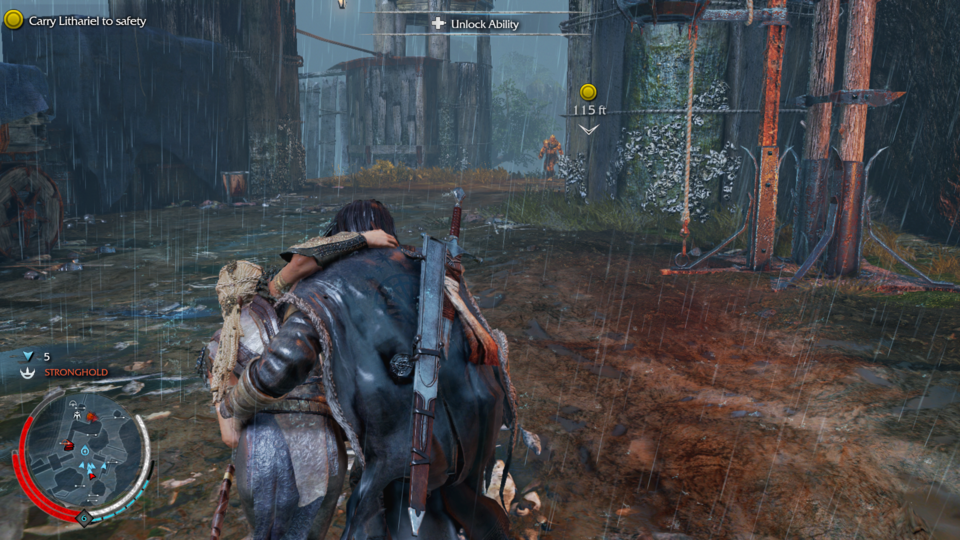
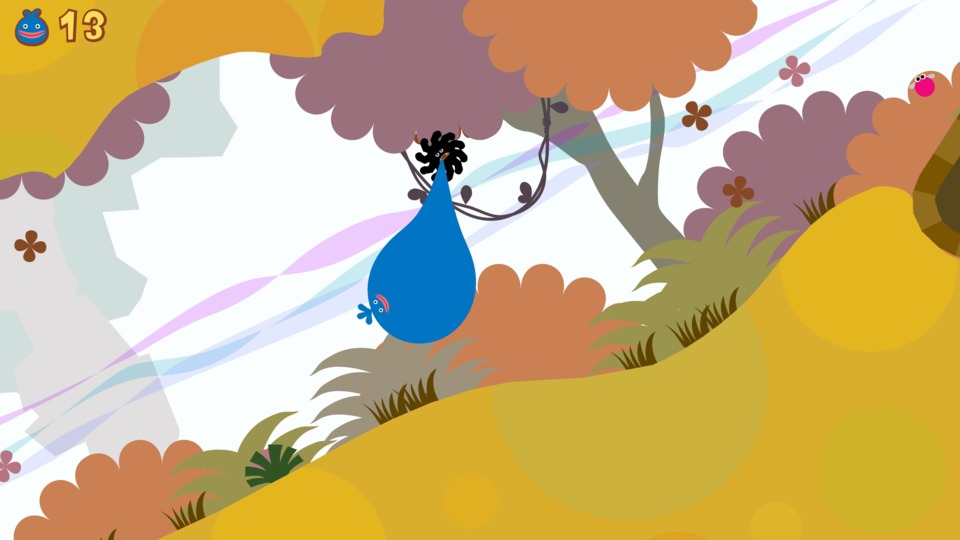
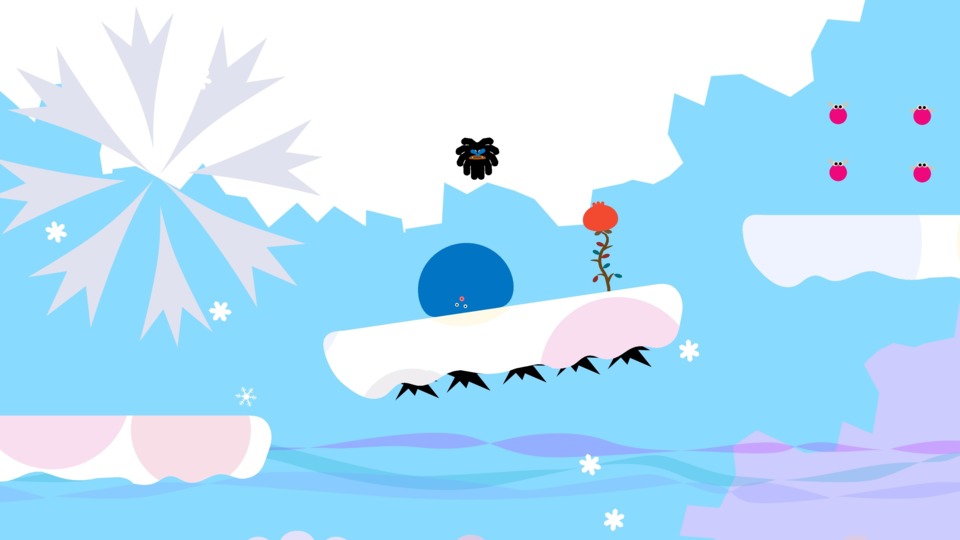
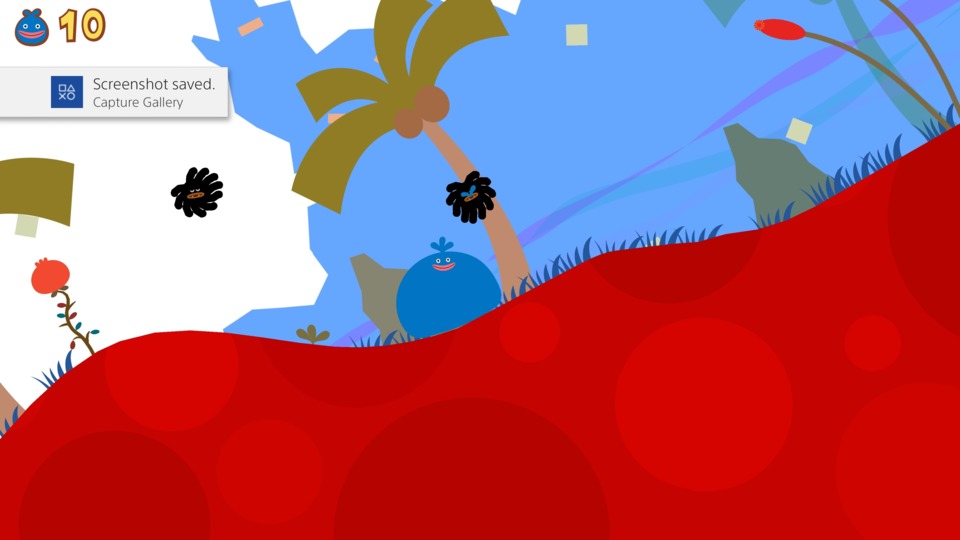
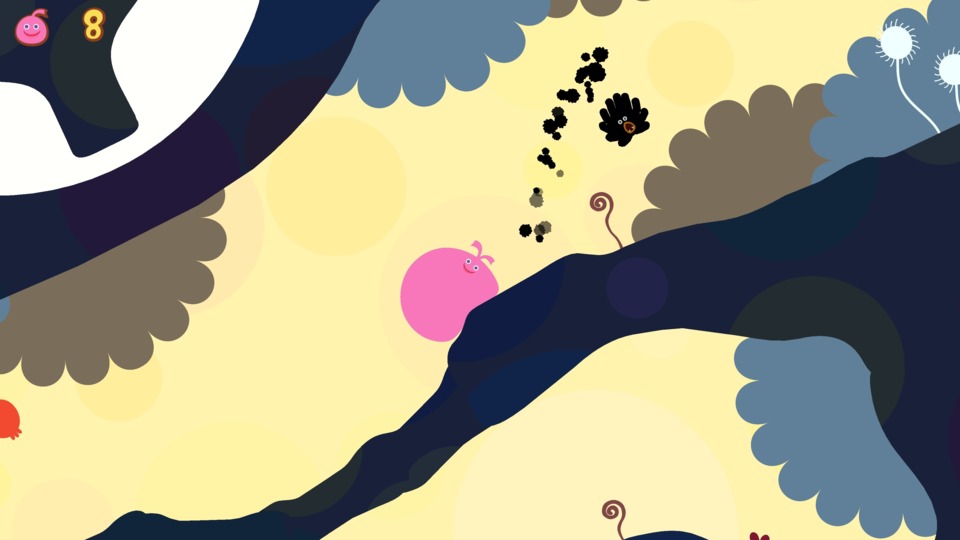
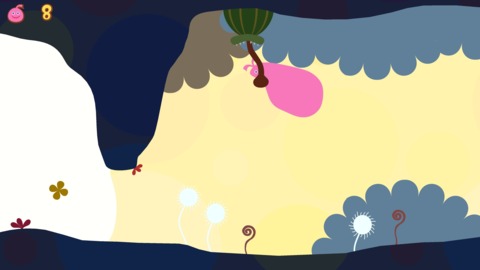
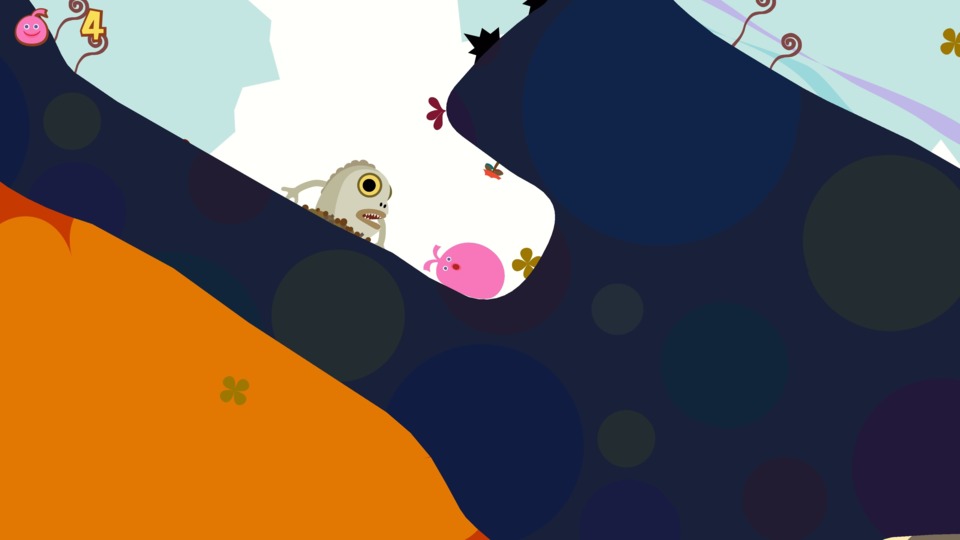
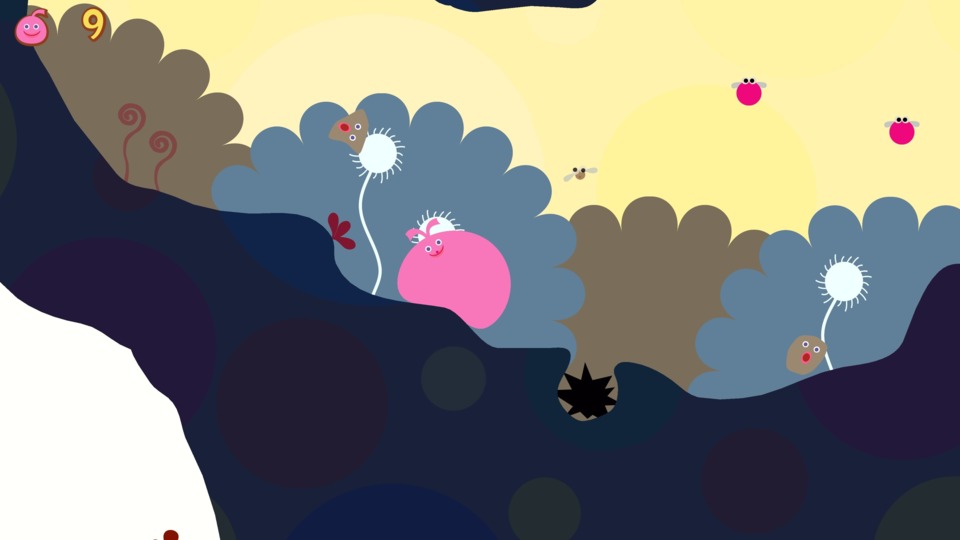
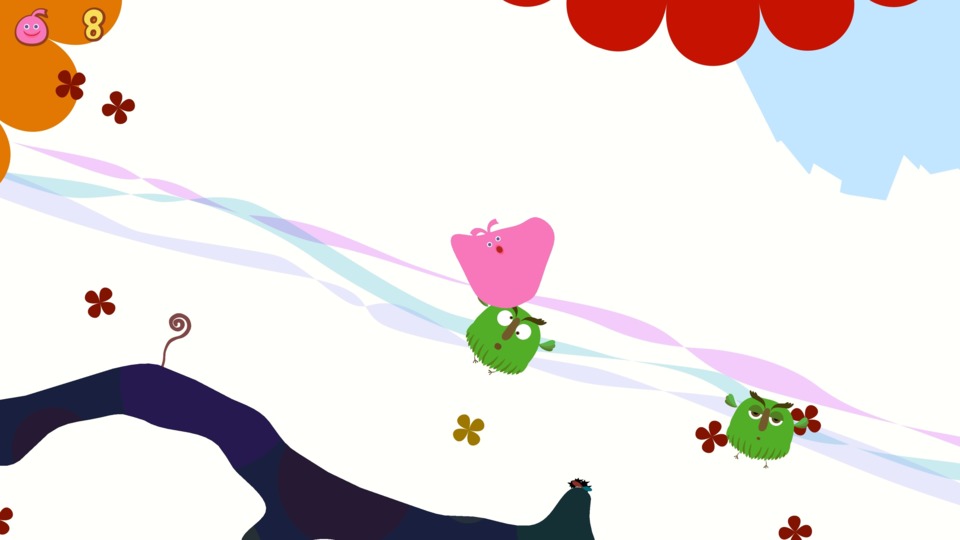
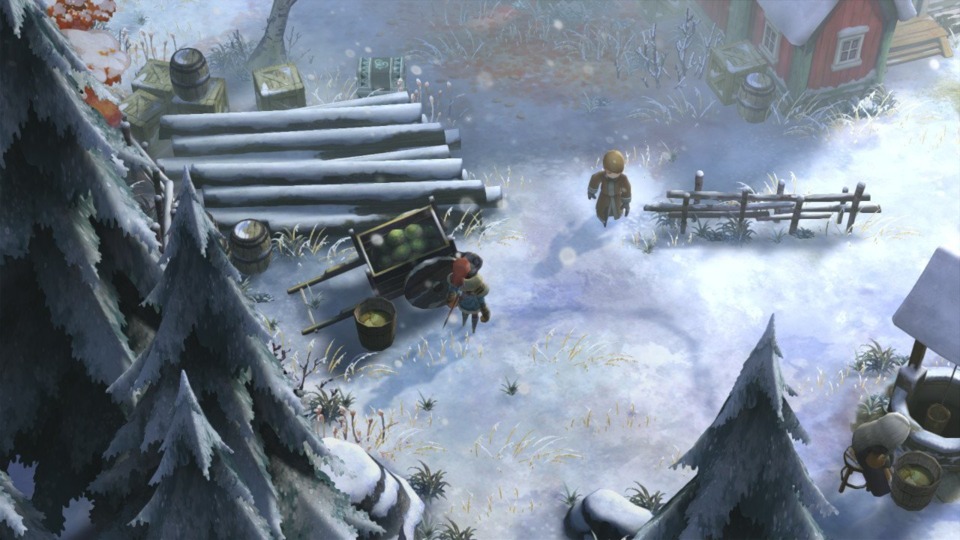
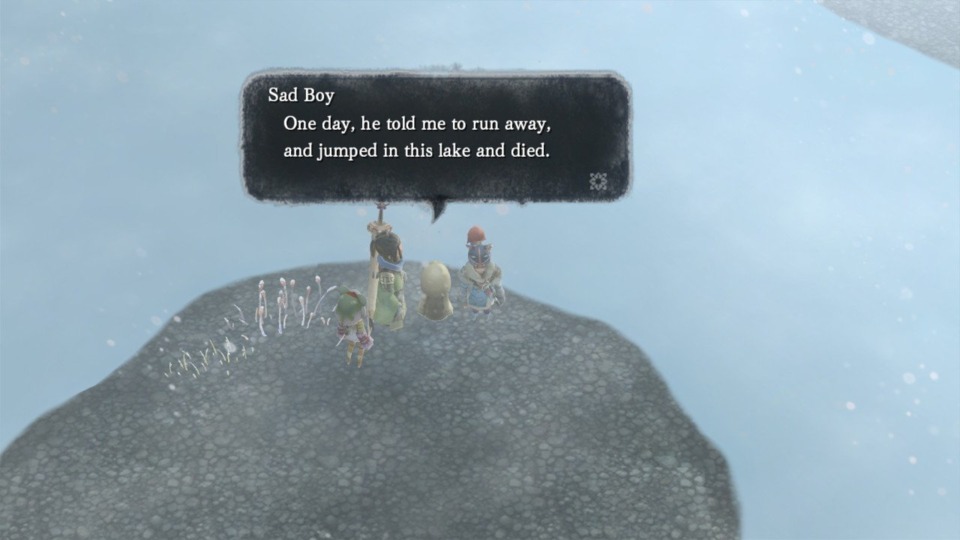
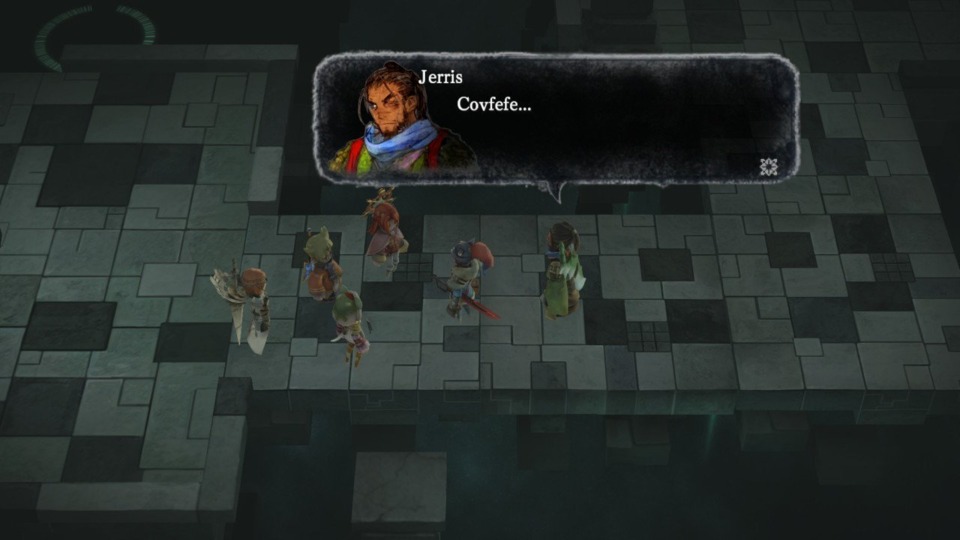
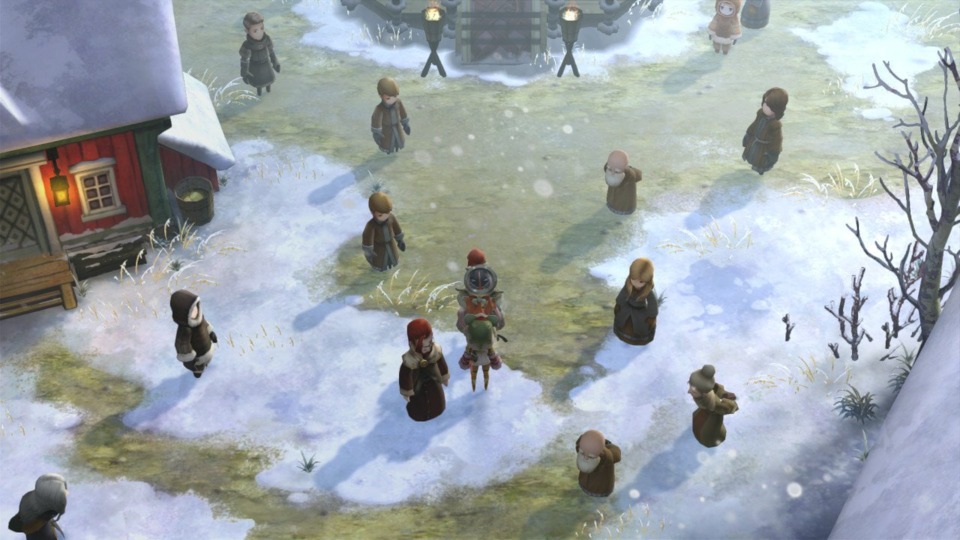
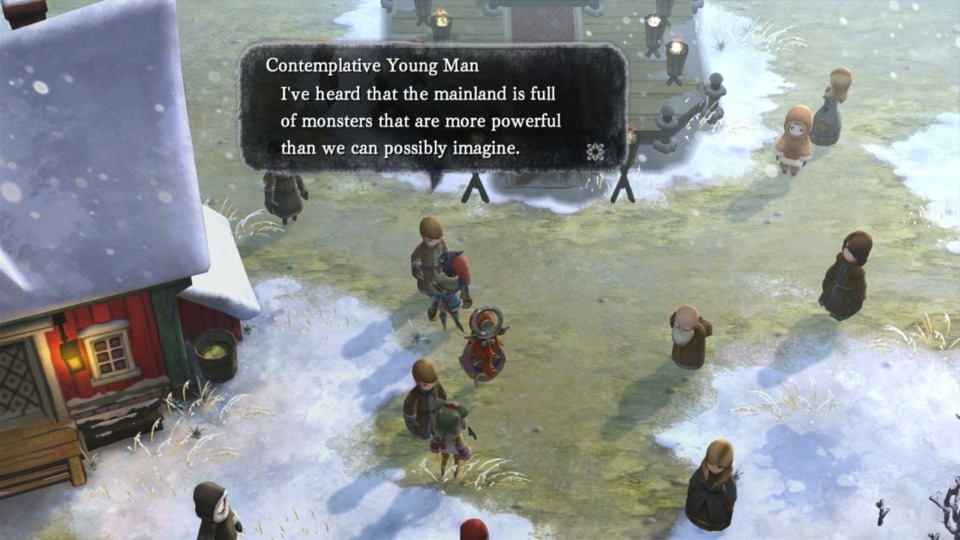
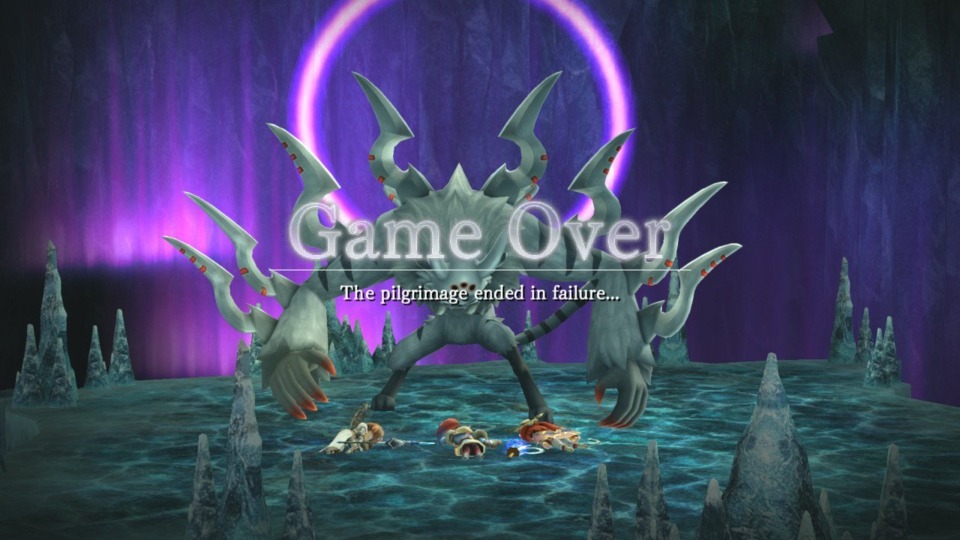
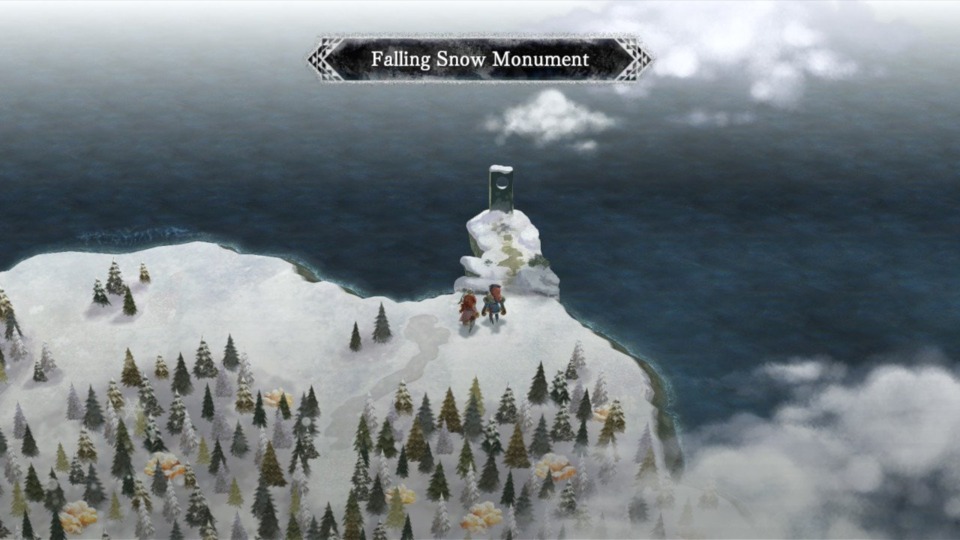
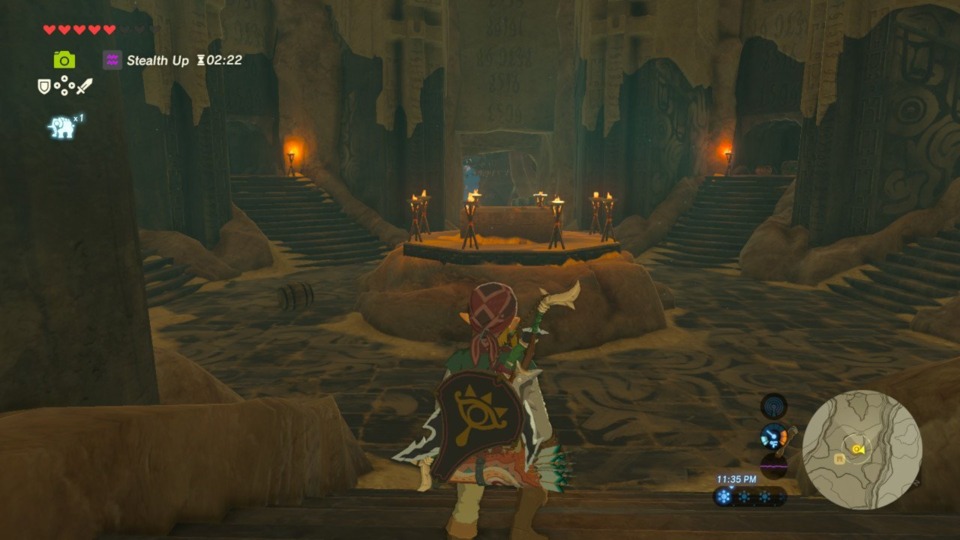
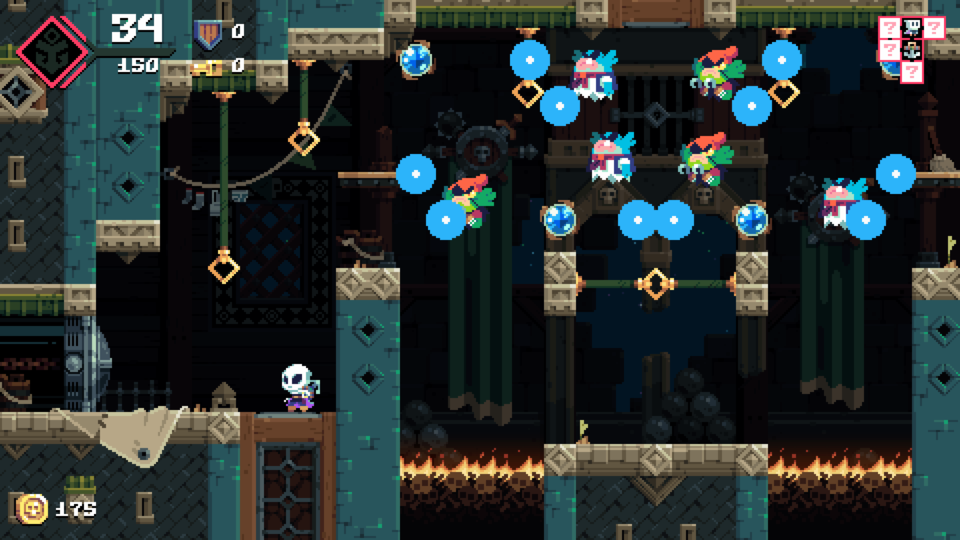
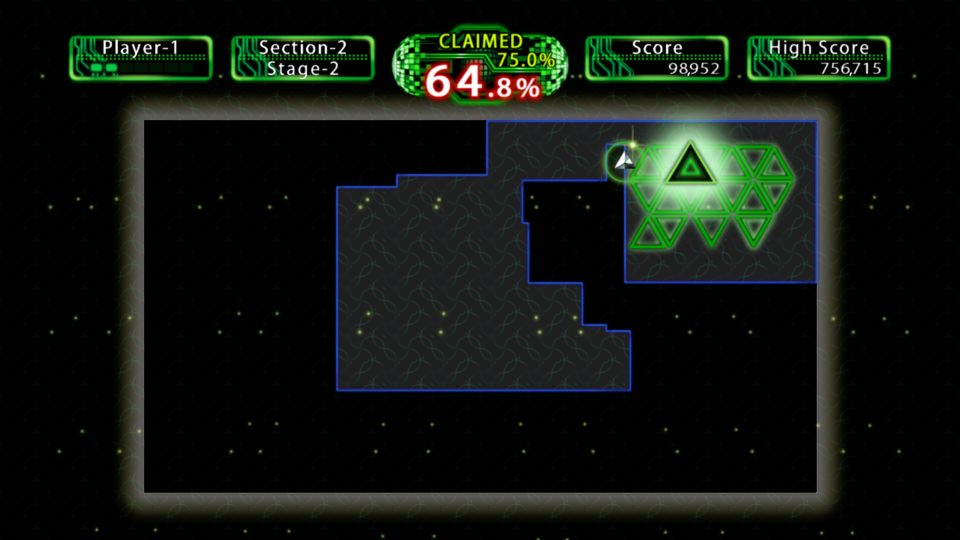
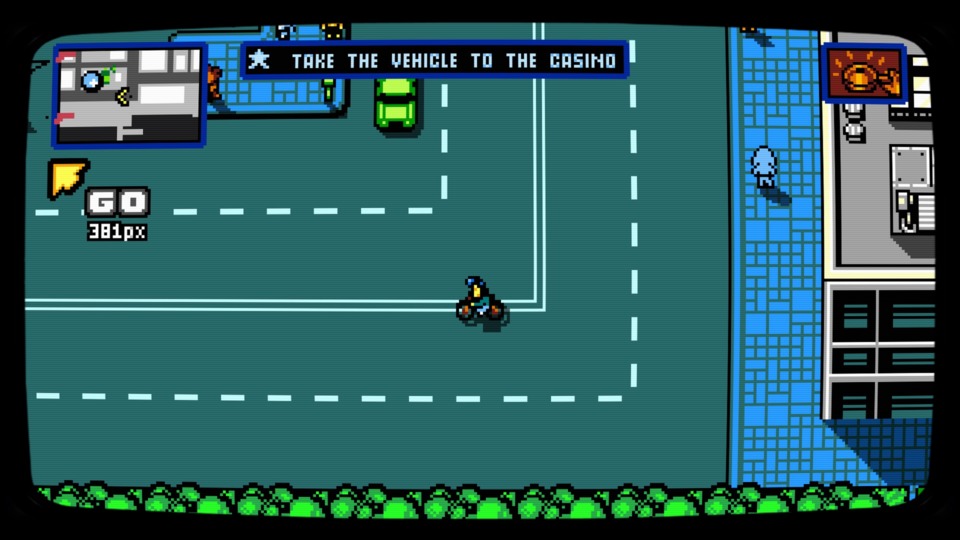
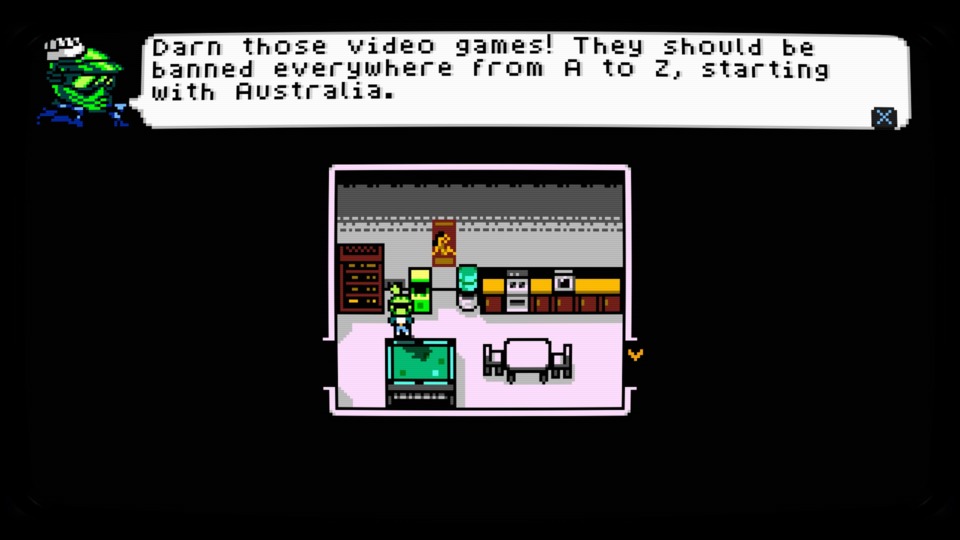
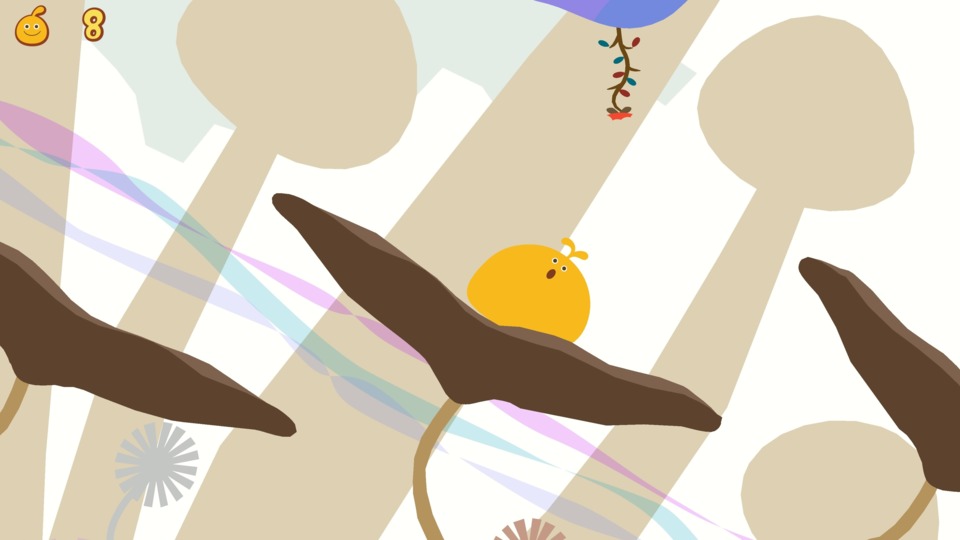
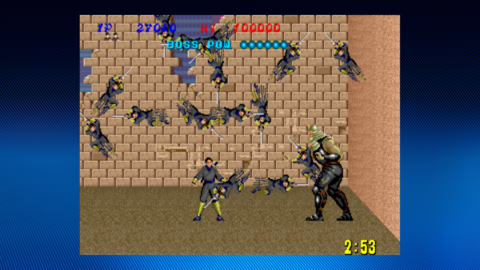
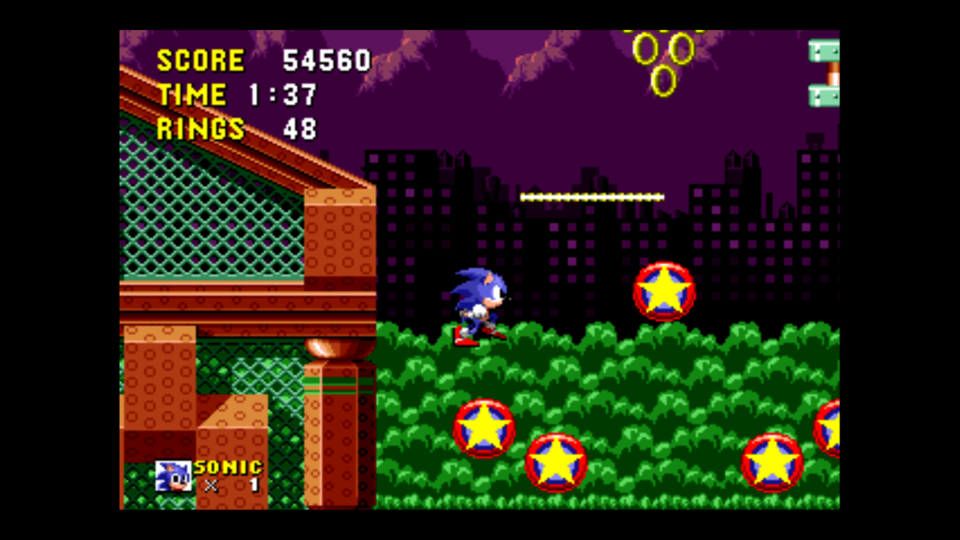
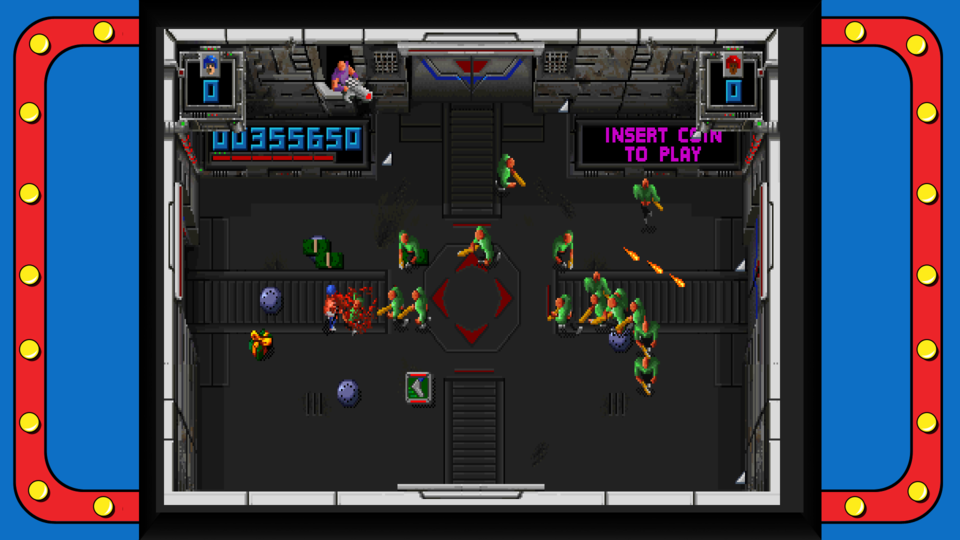
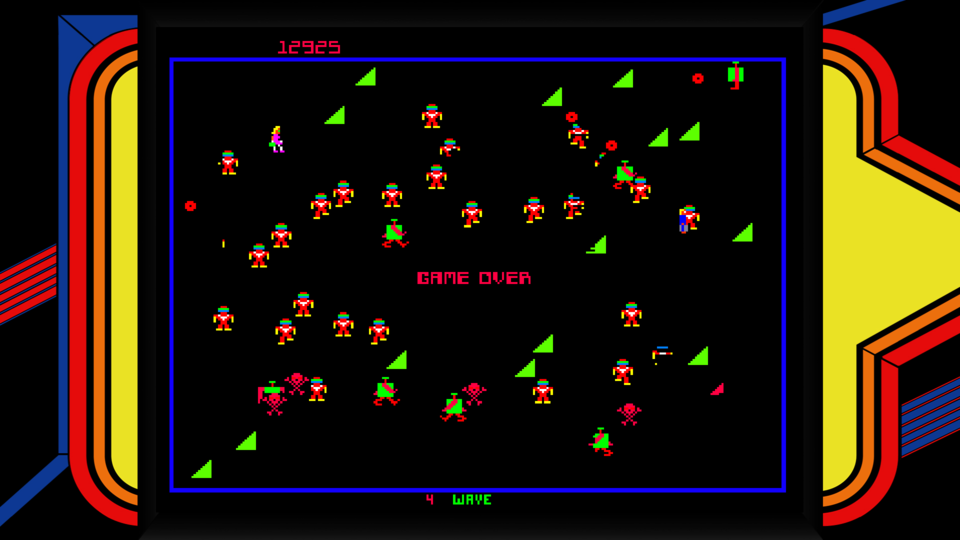
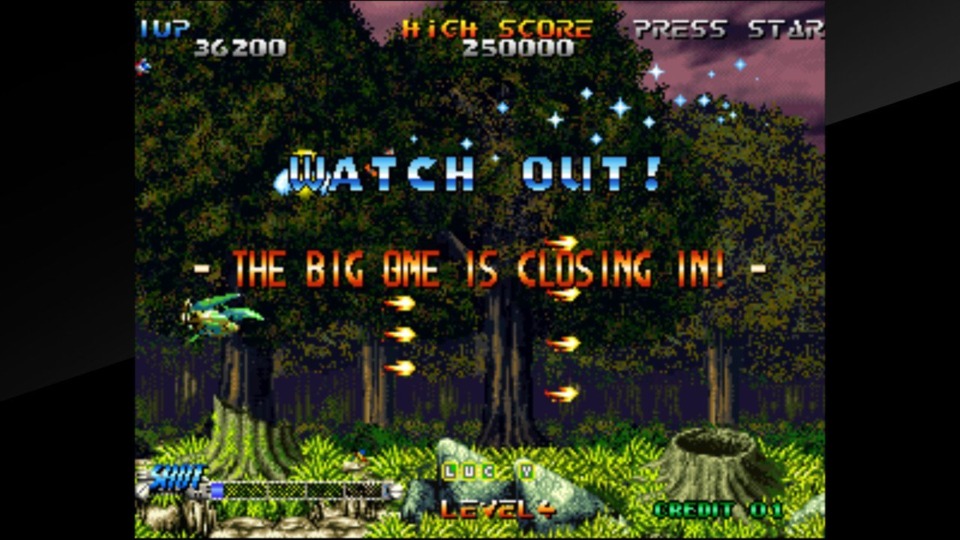
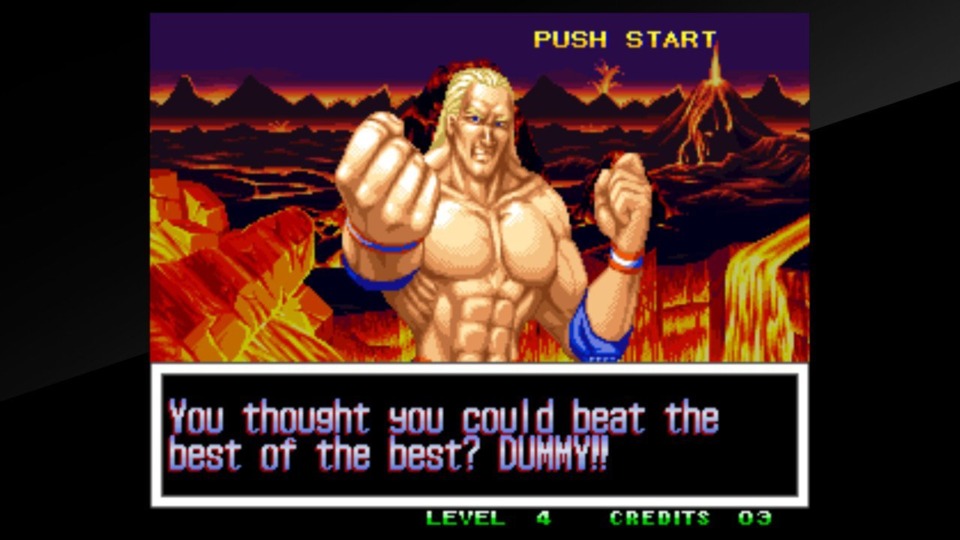
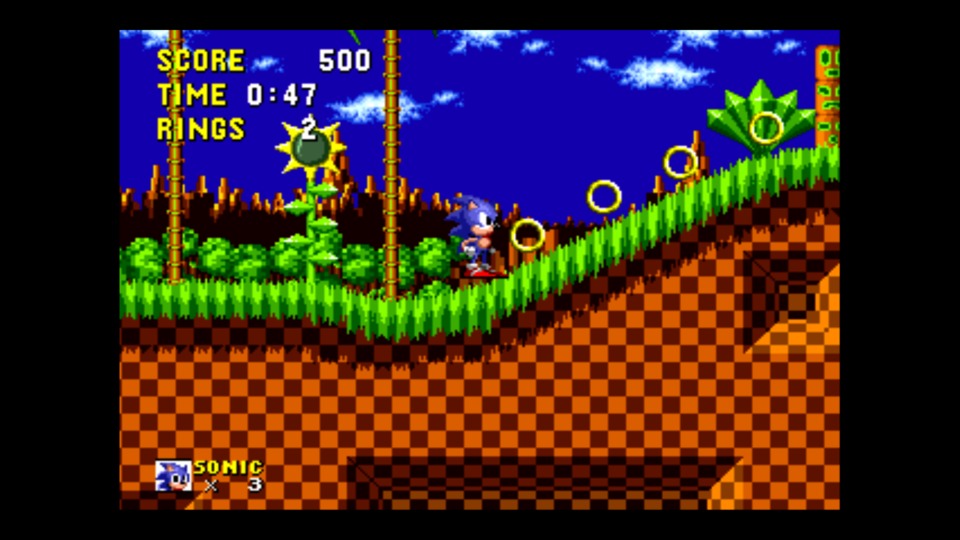
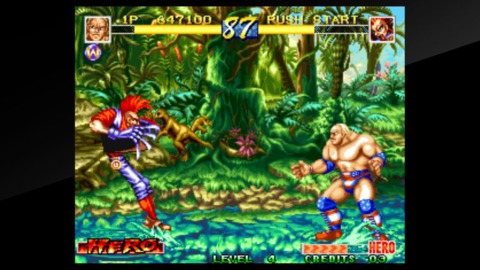
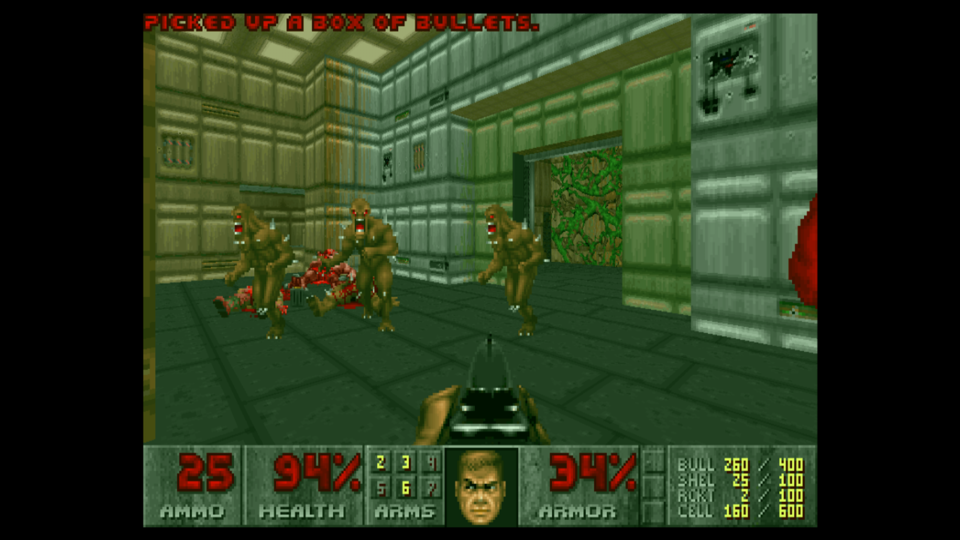
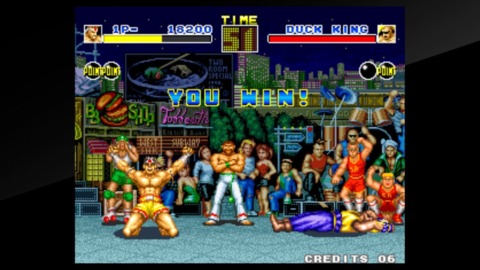
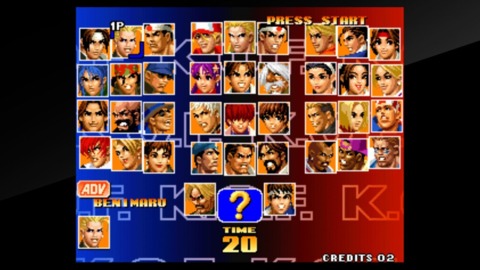
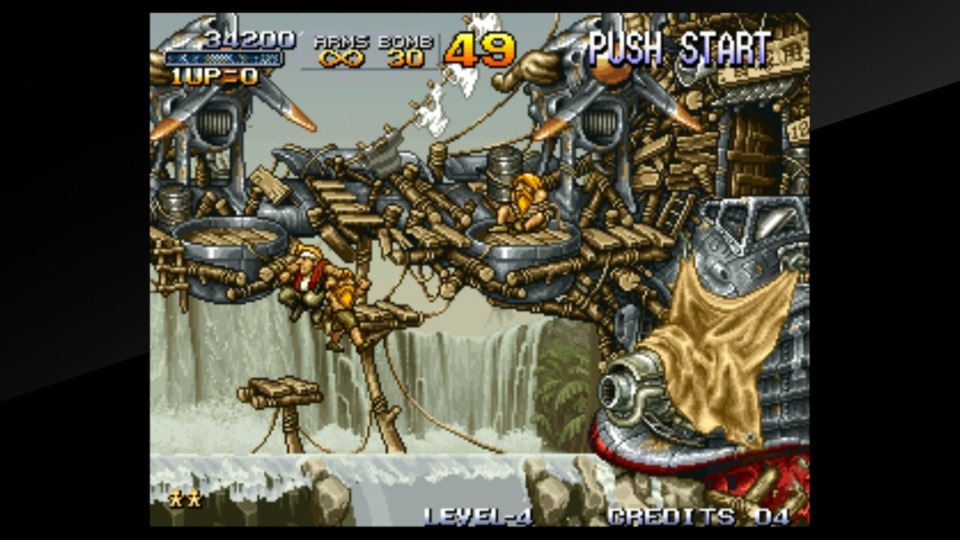
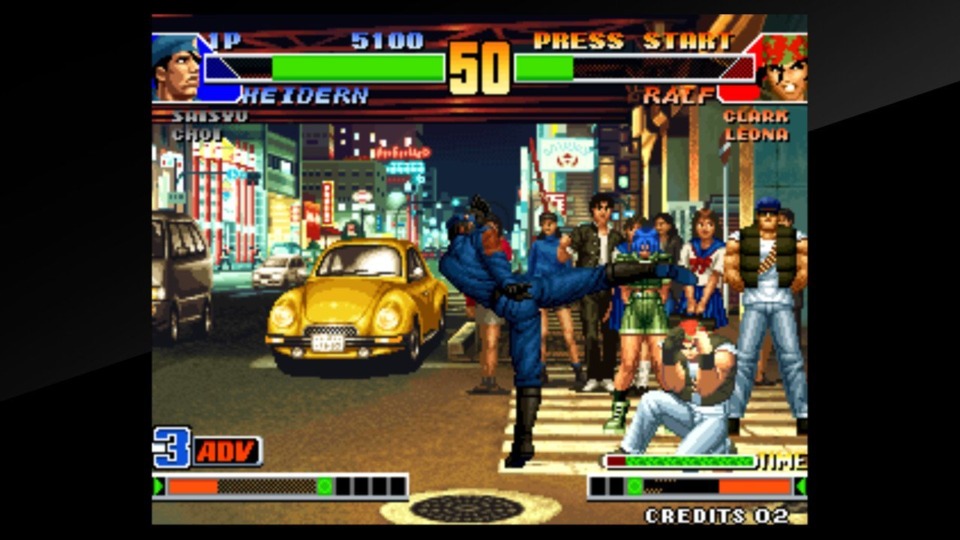
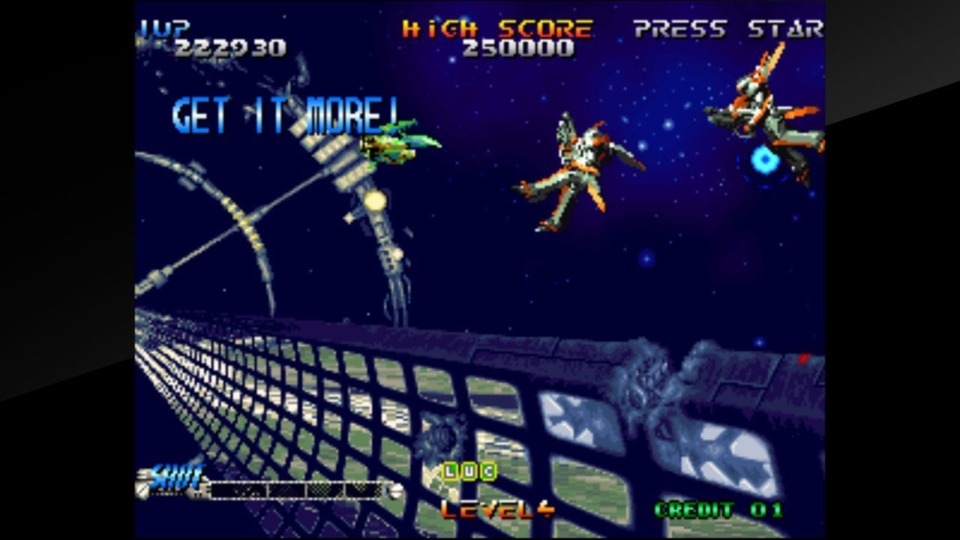
Log in to comment